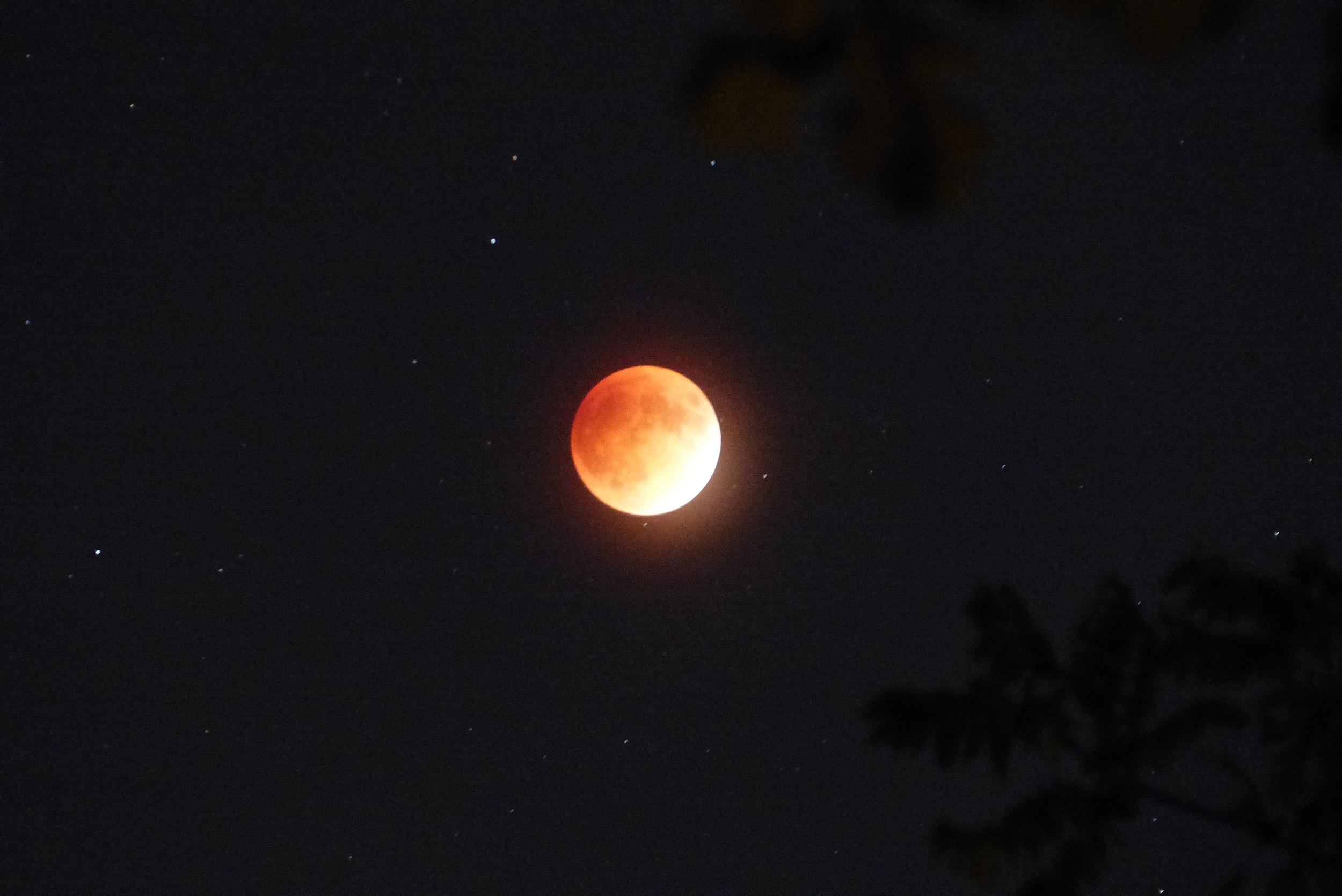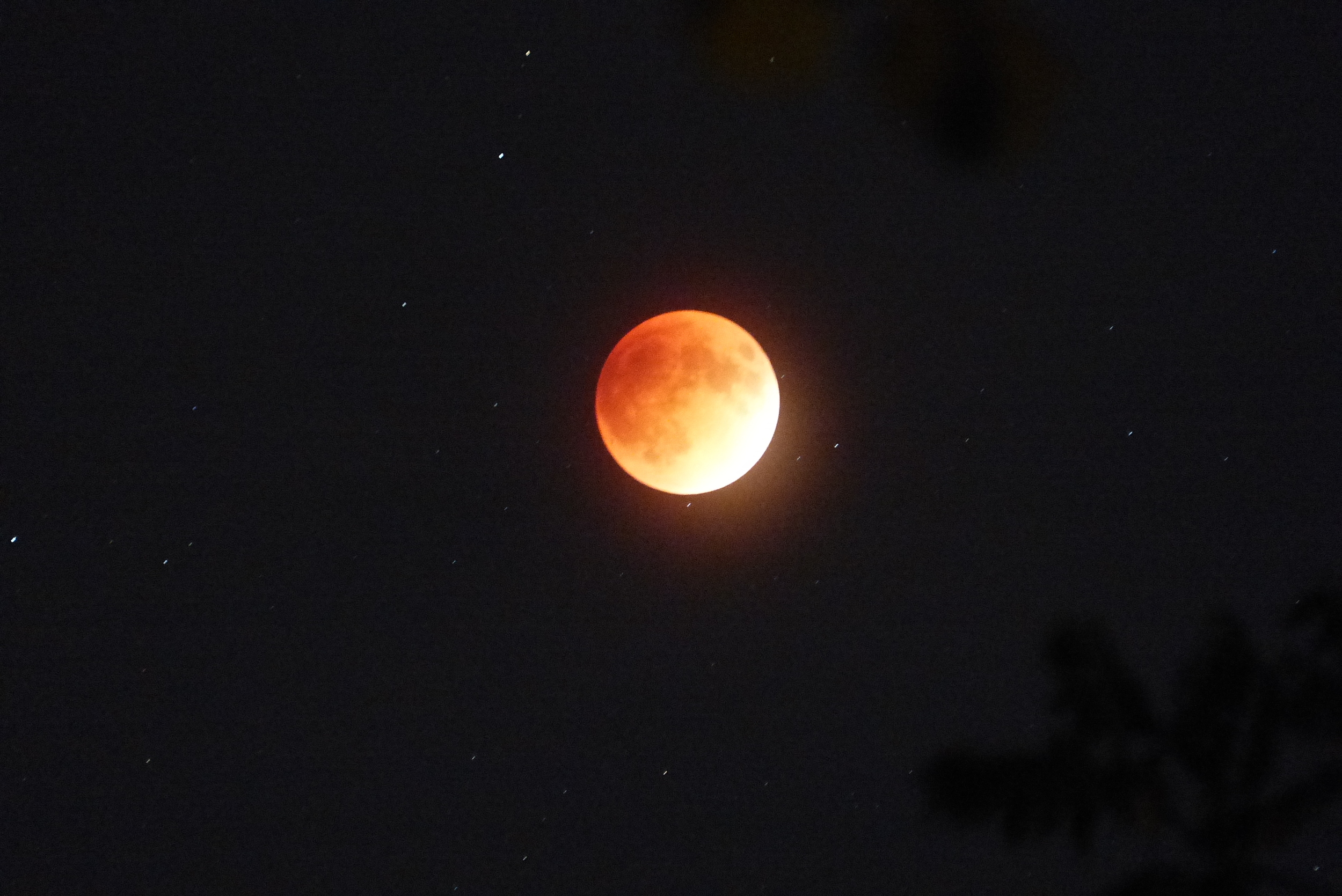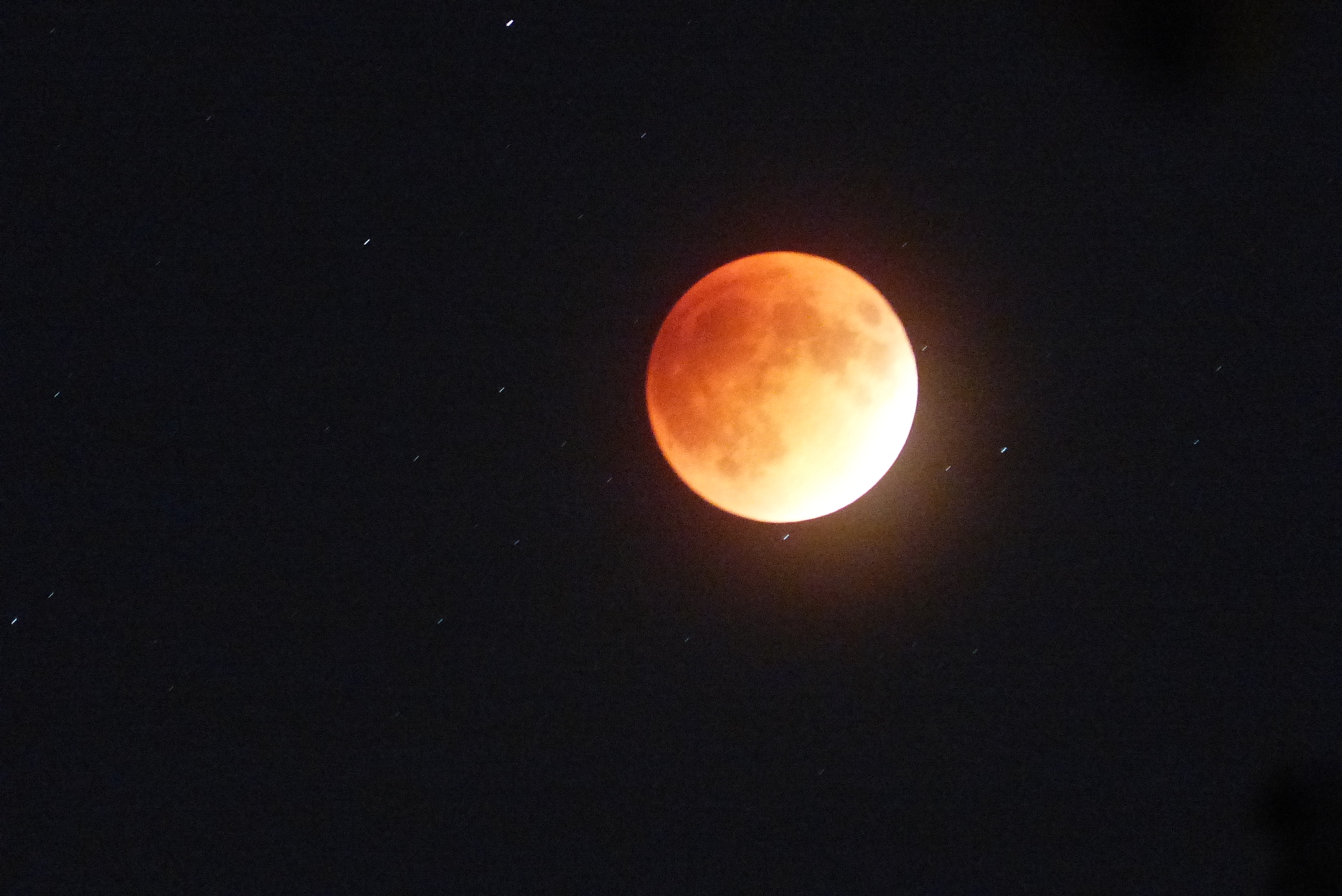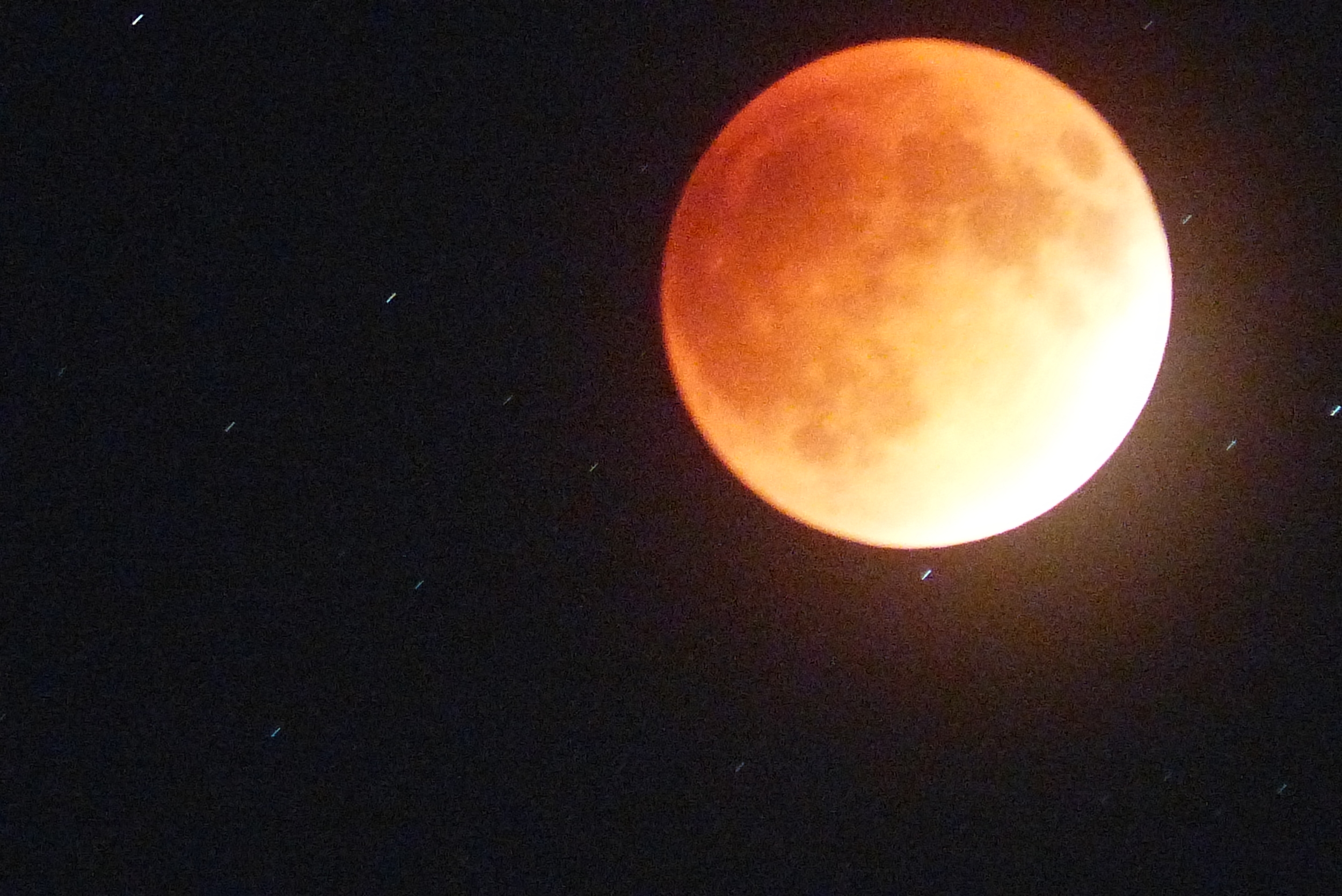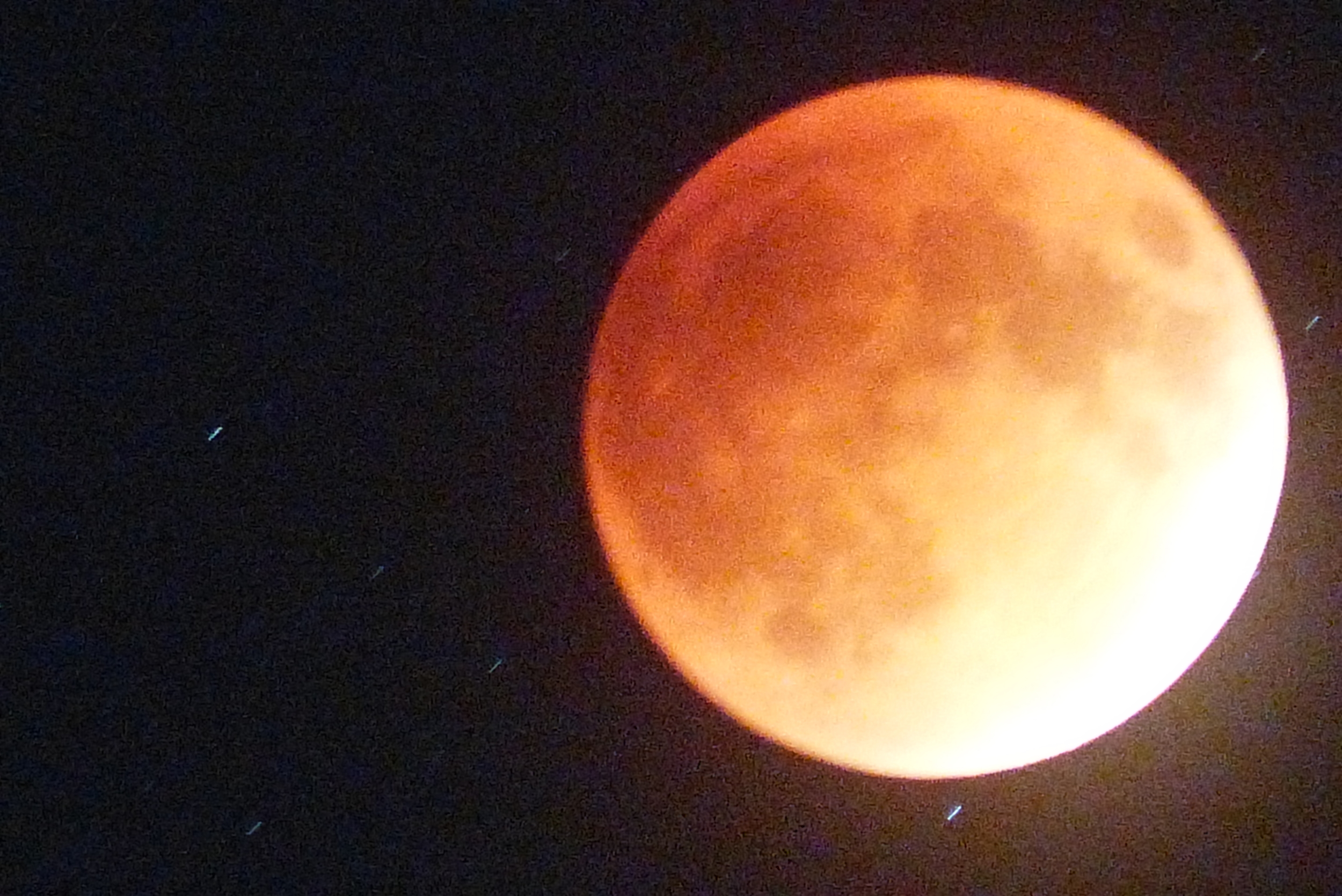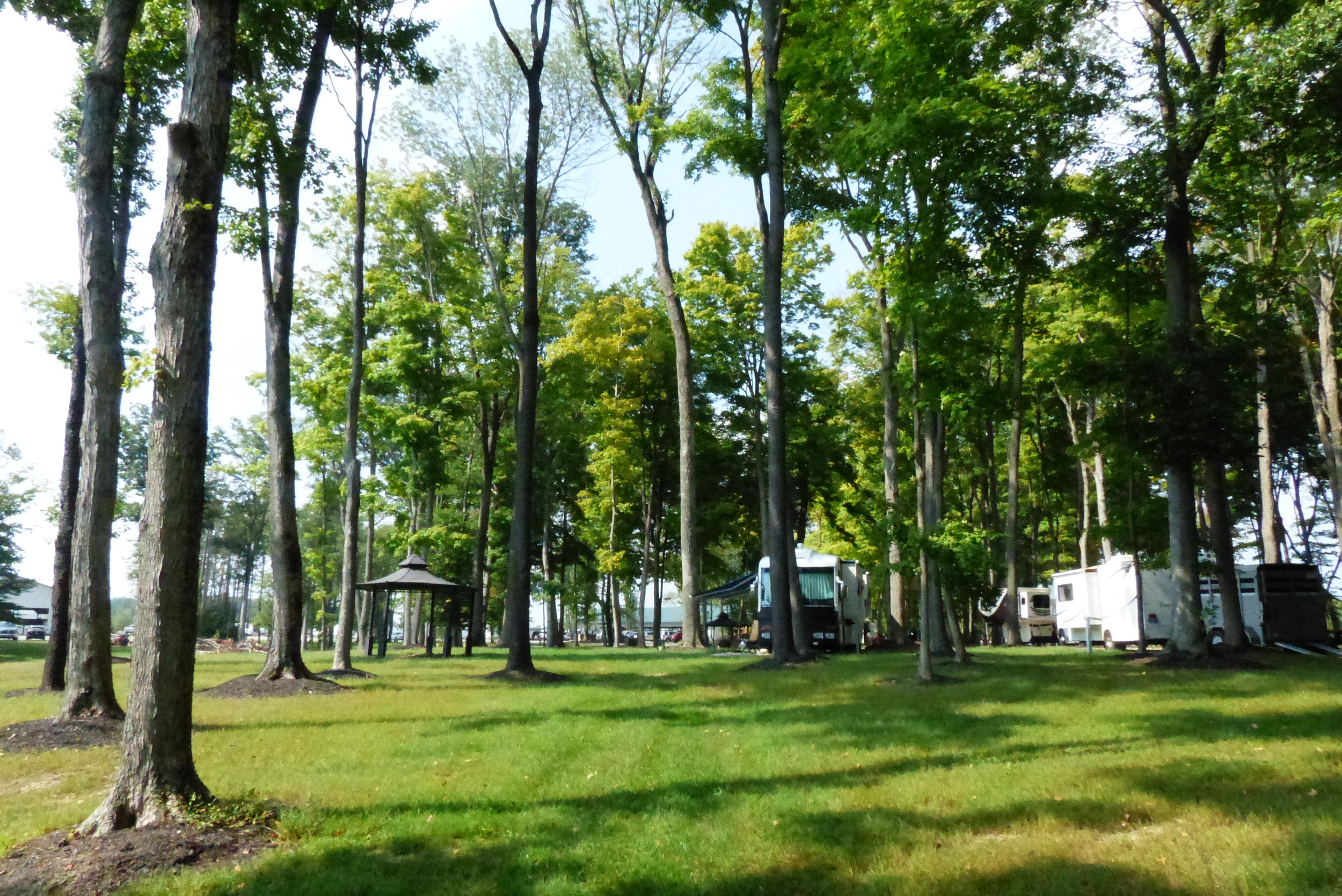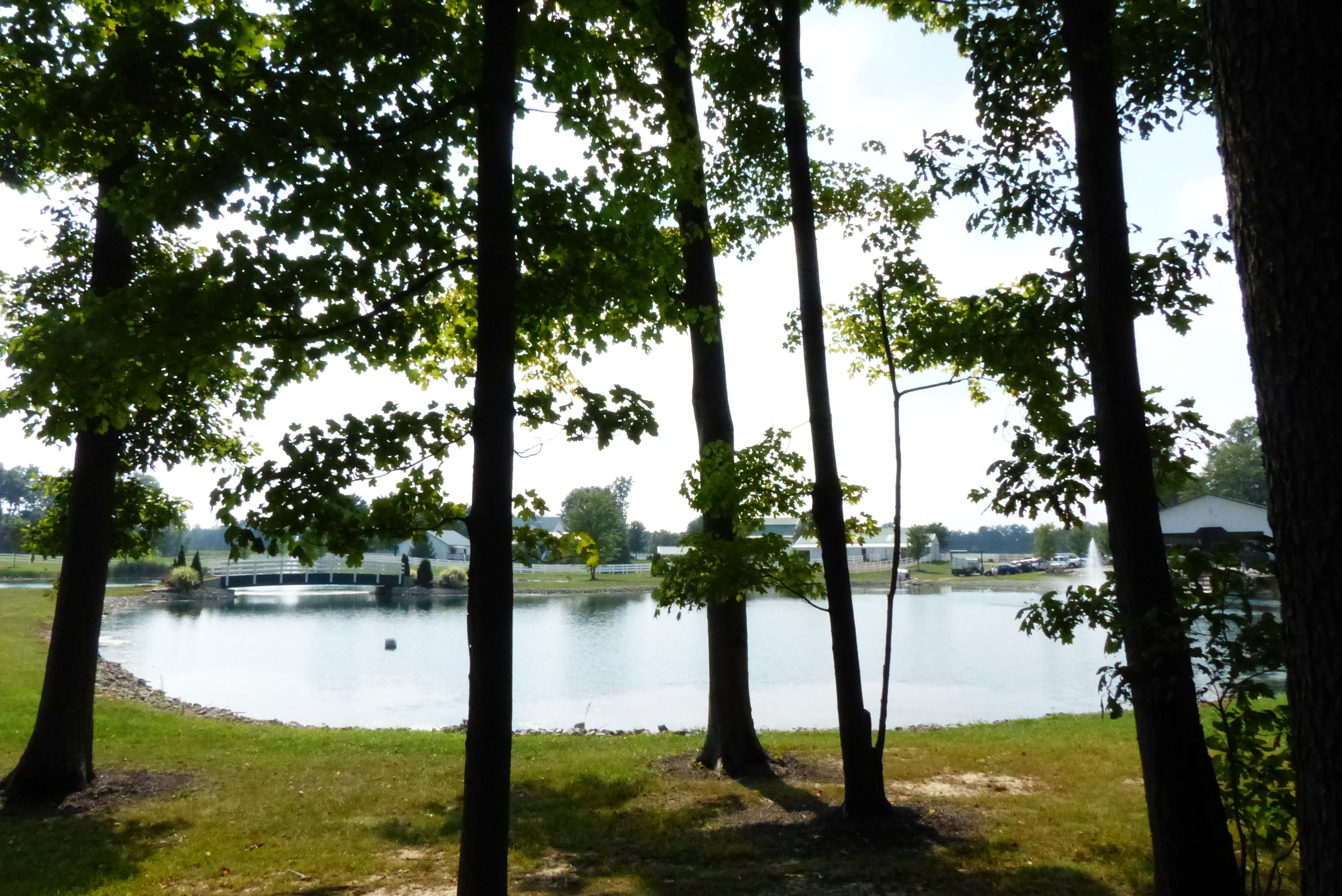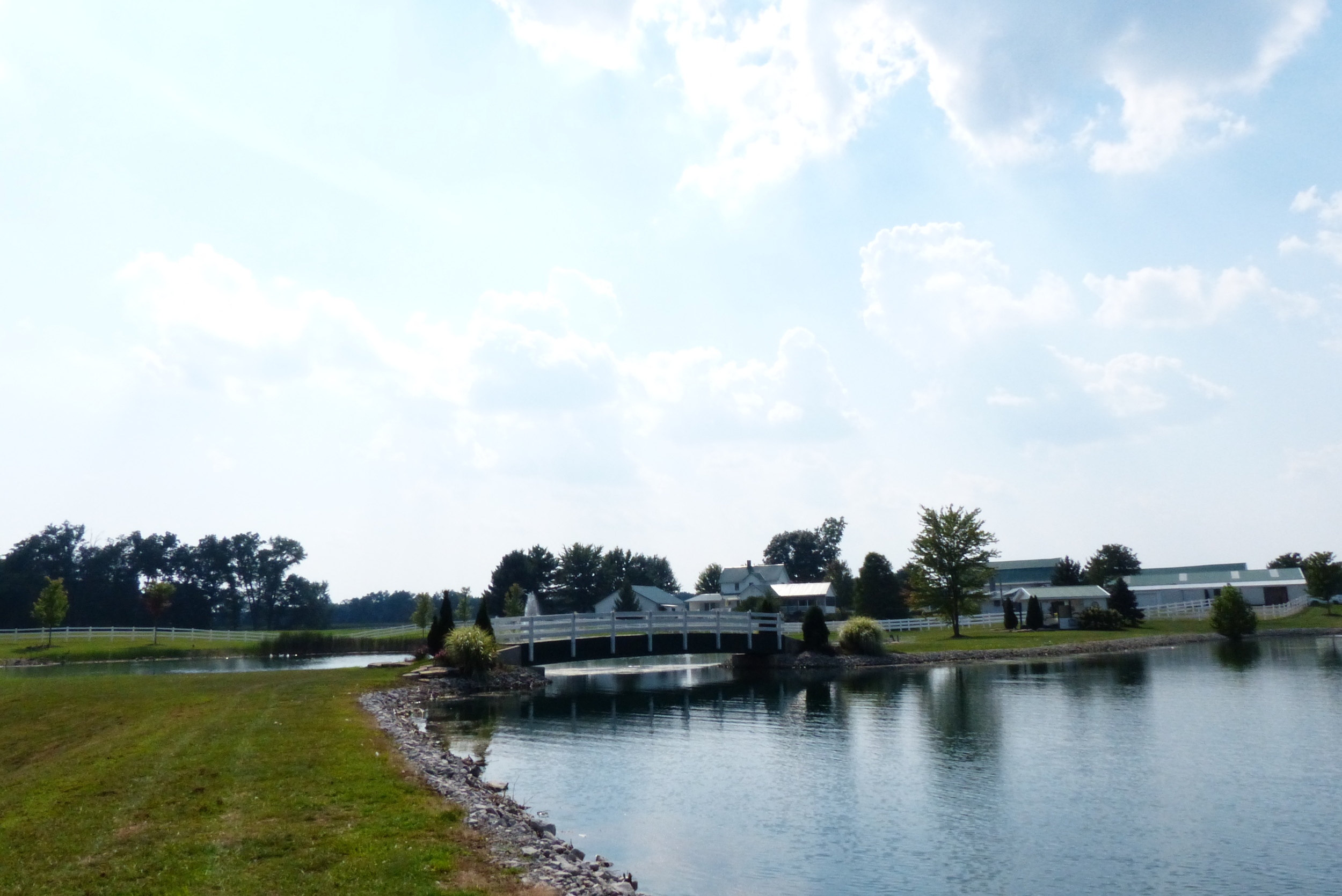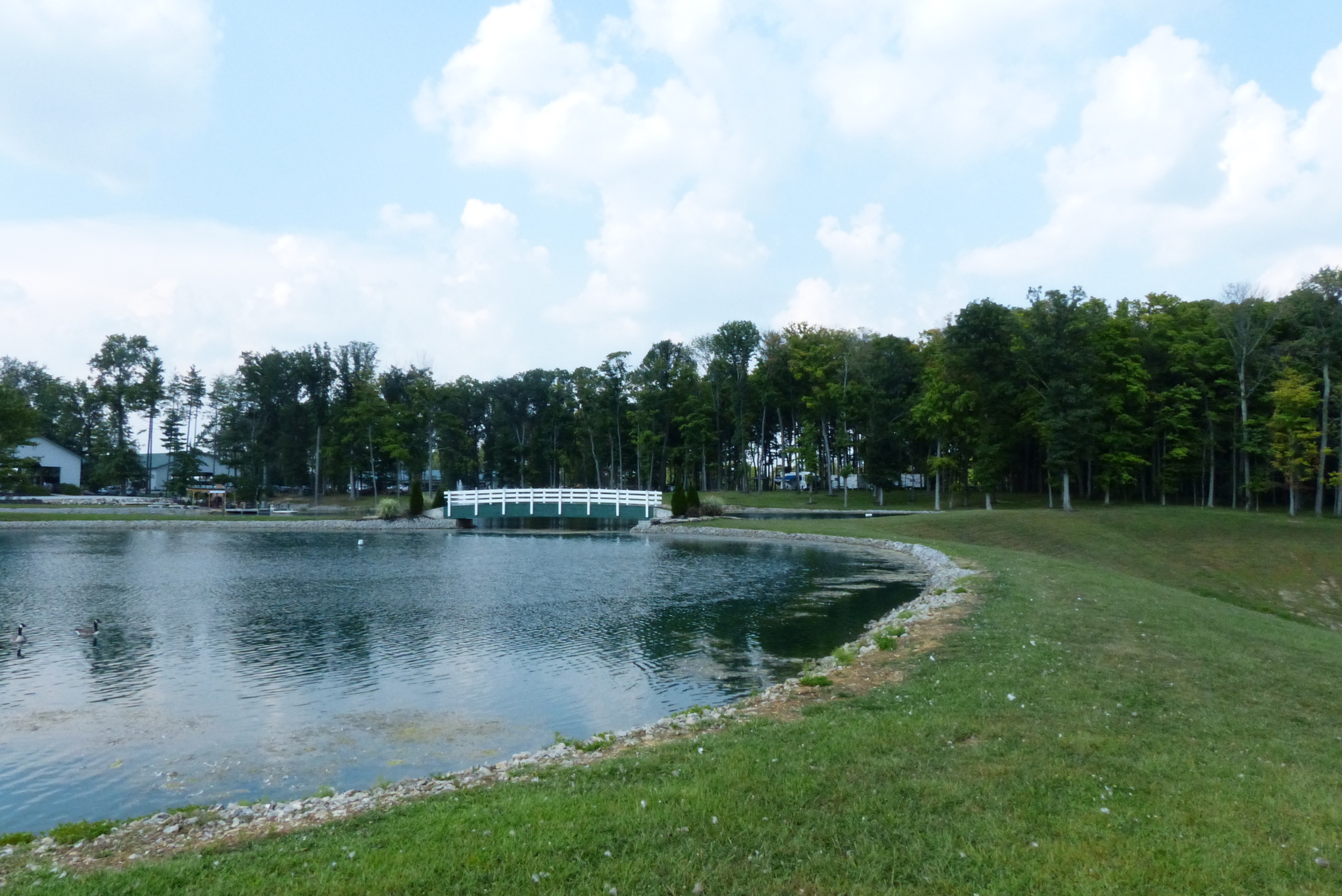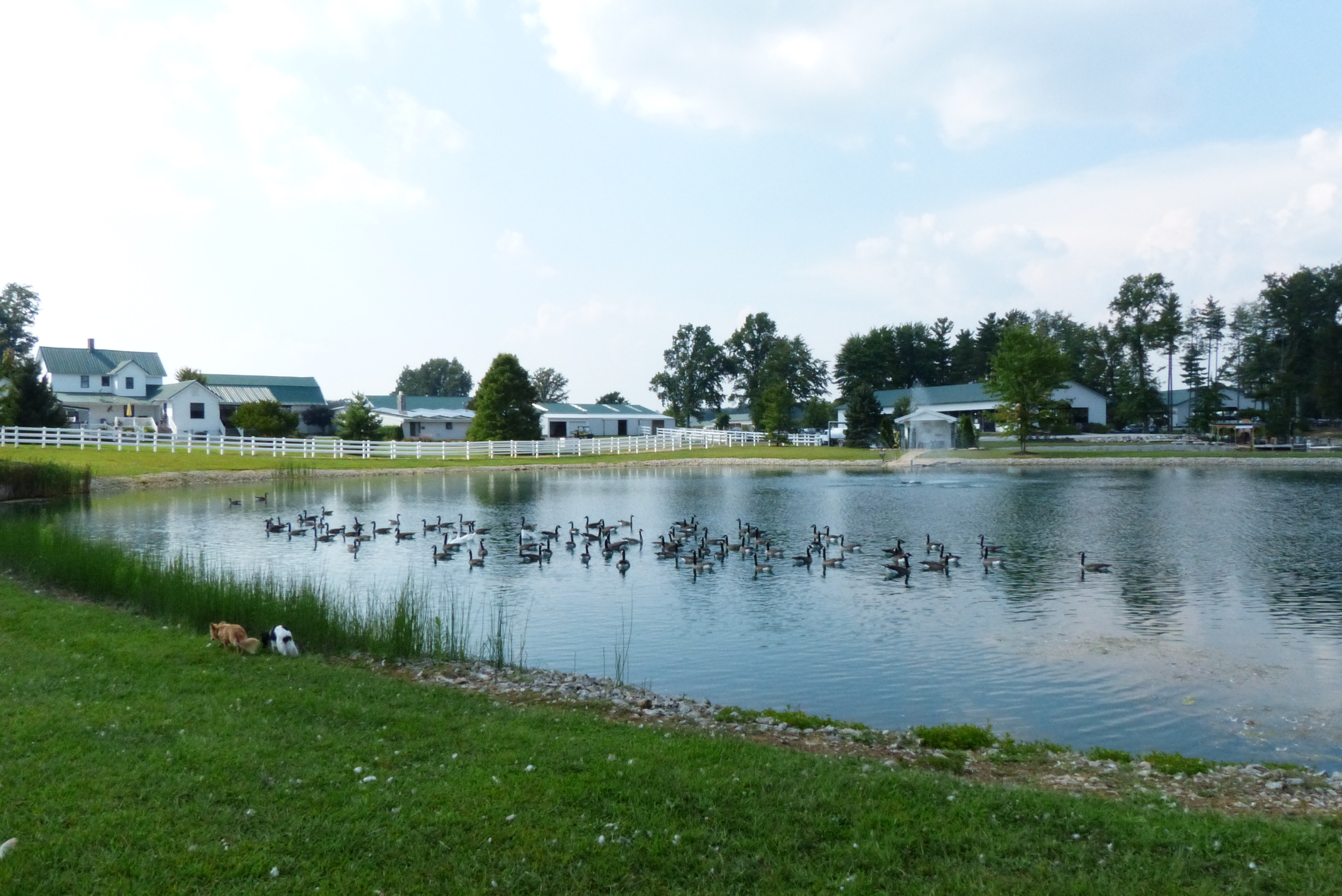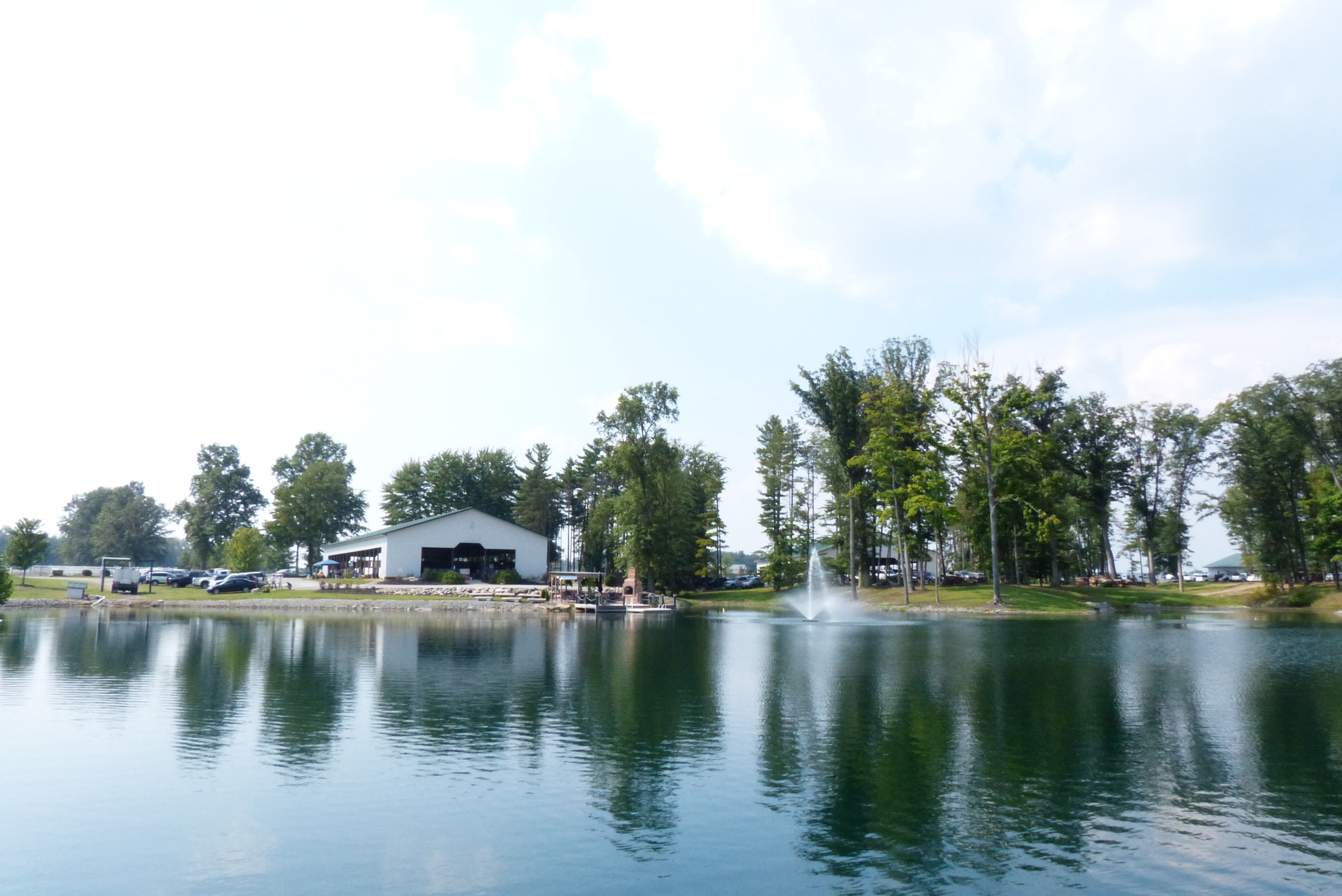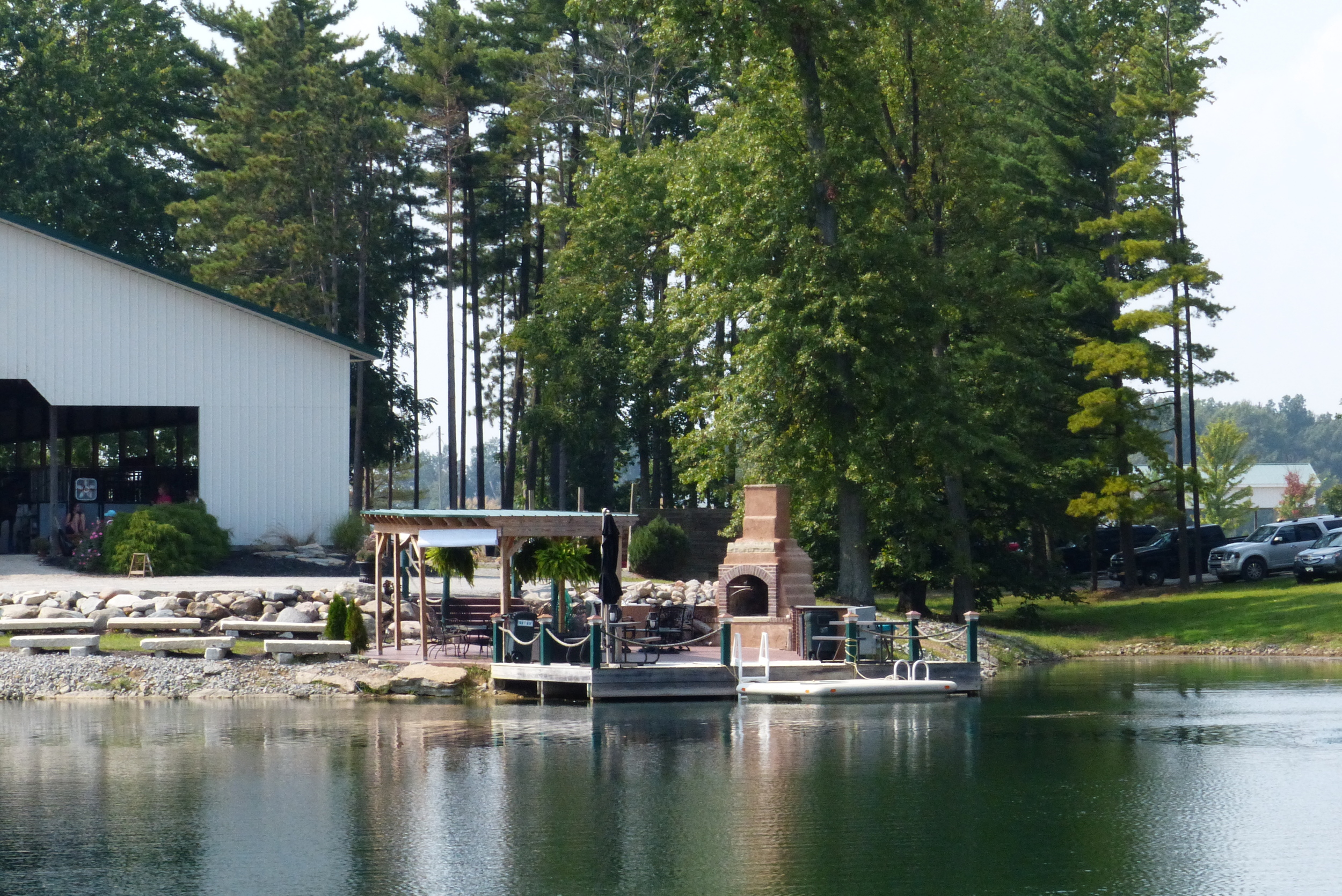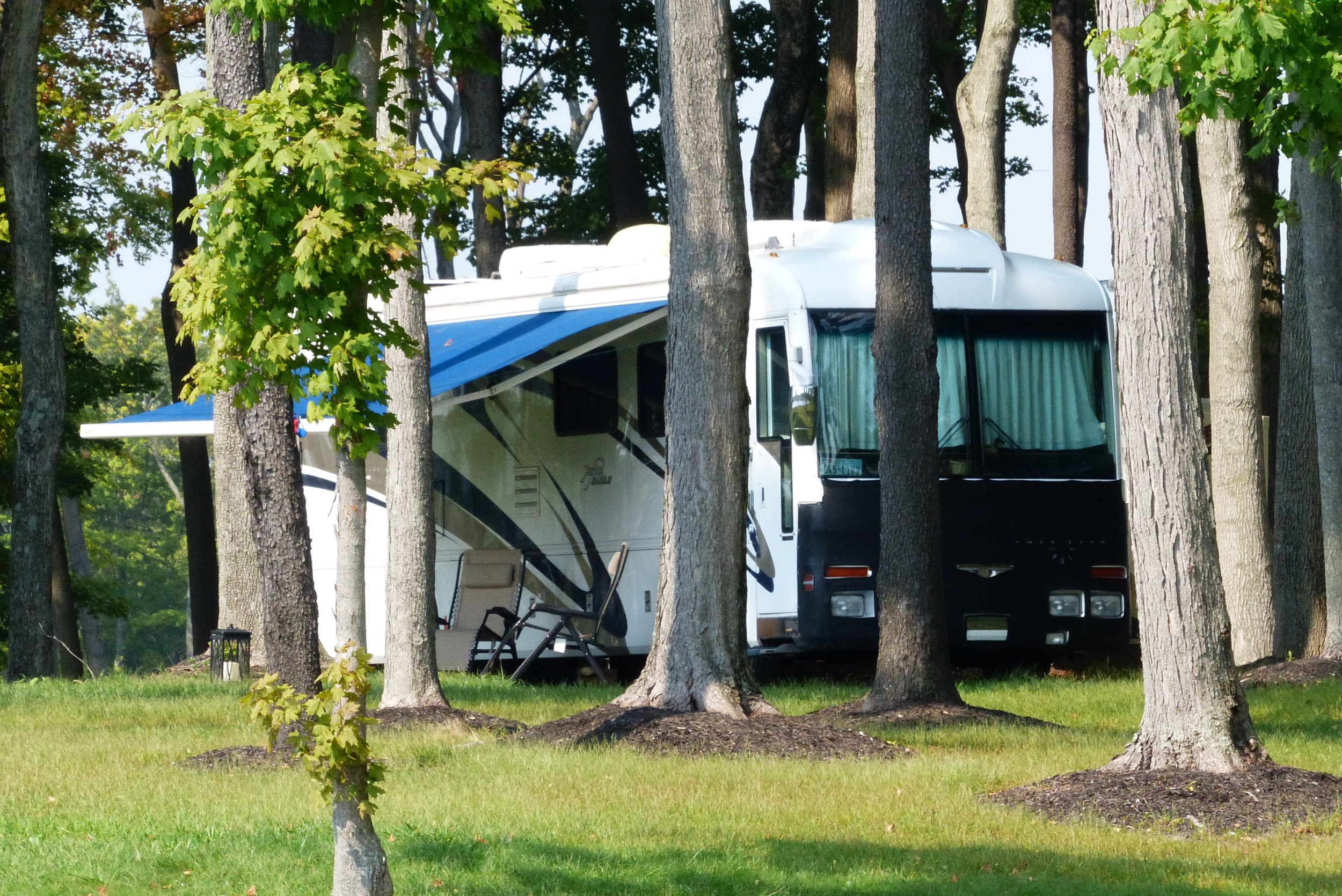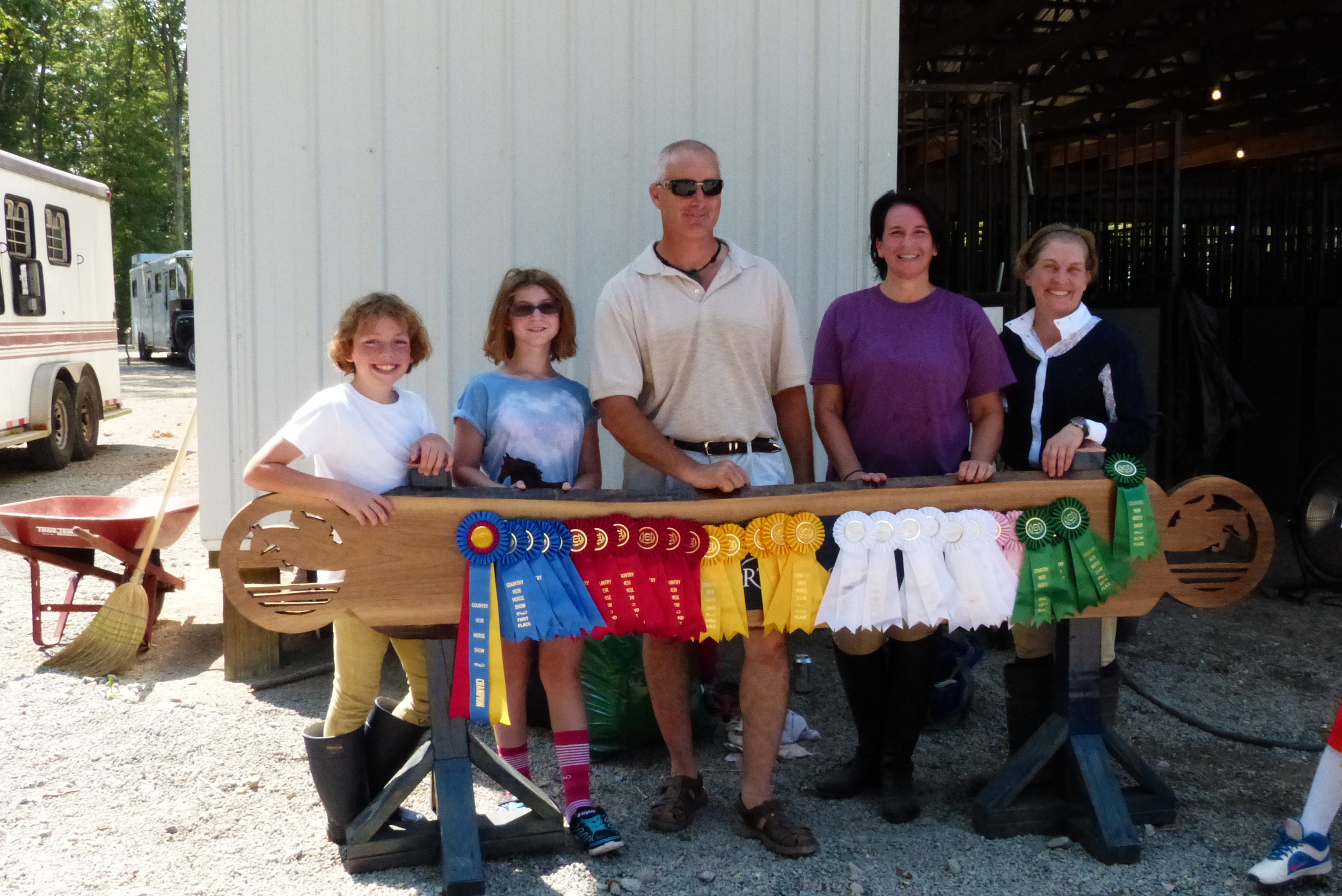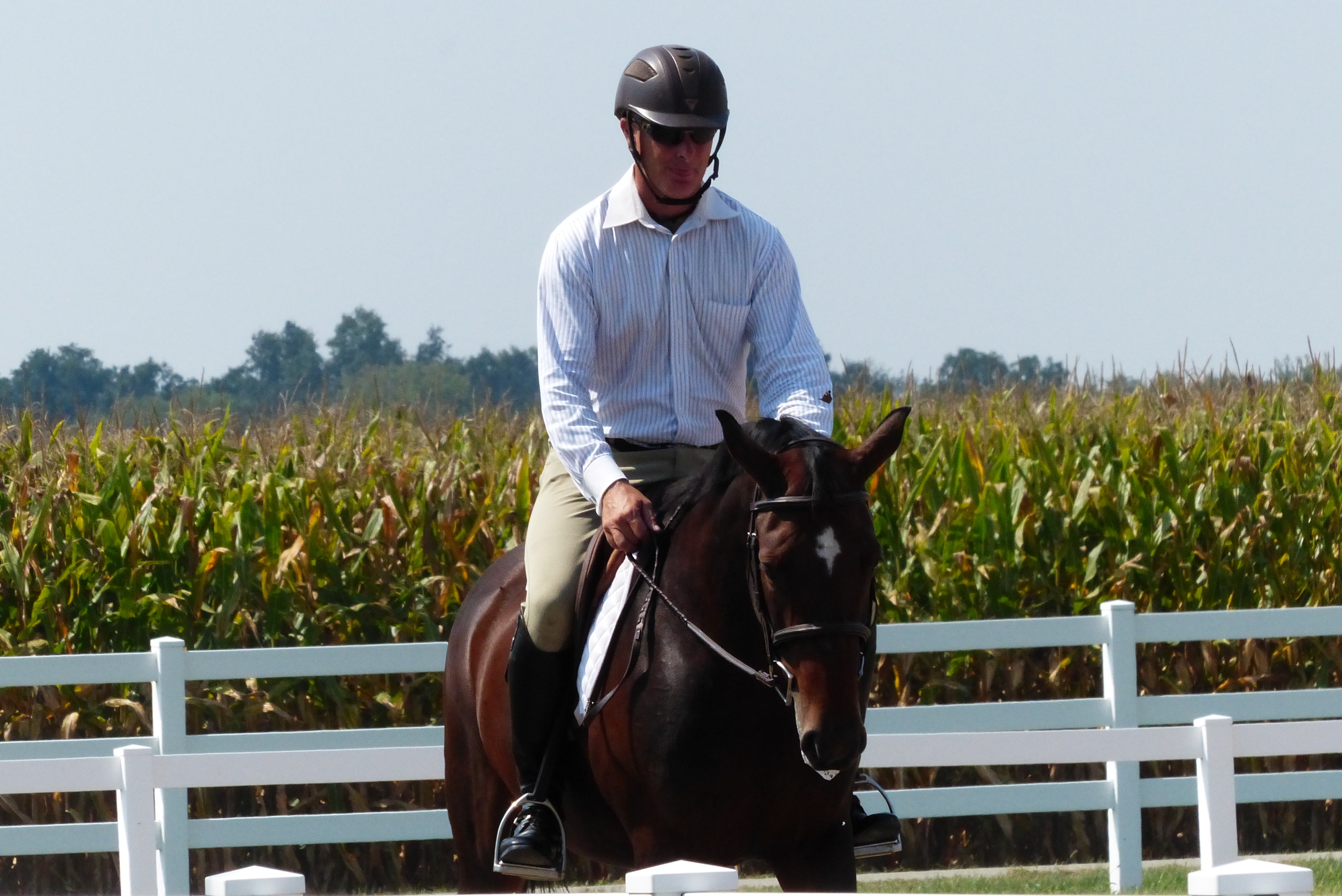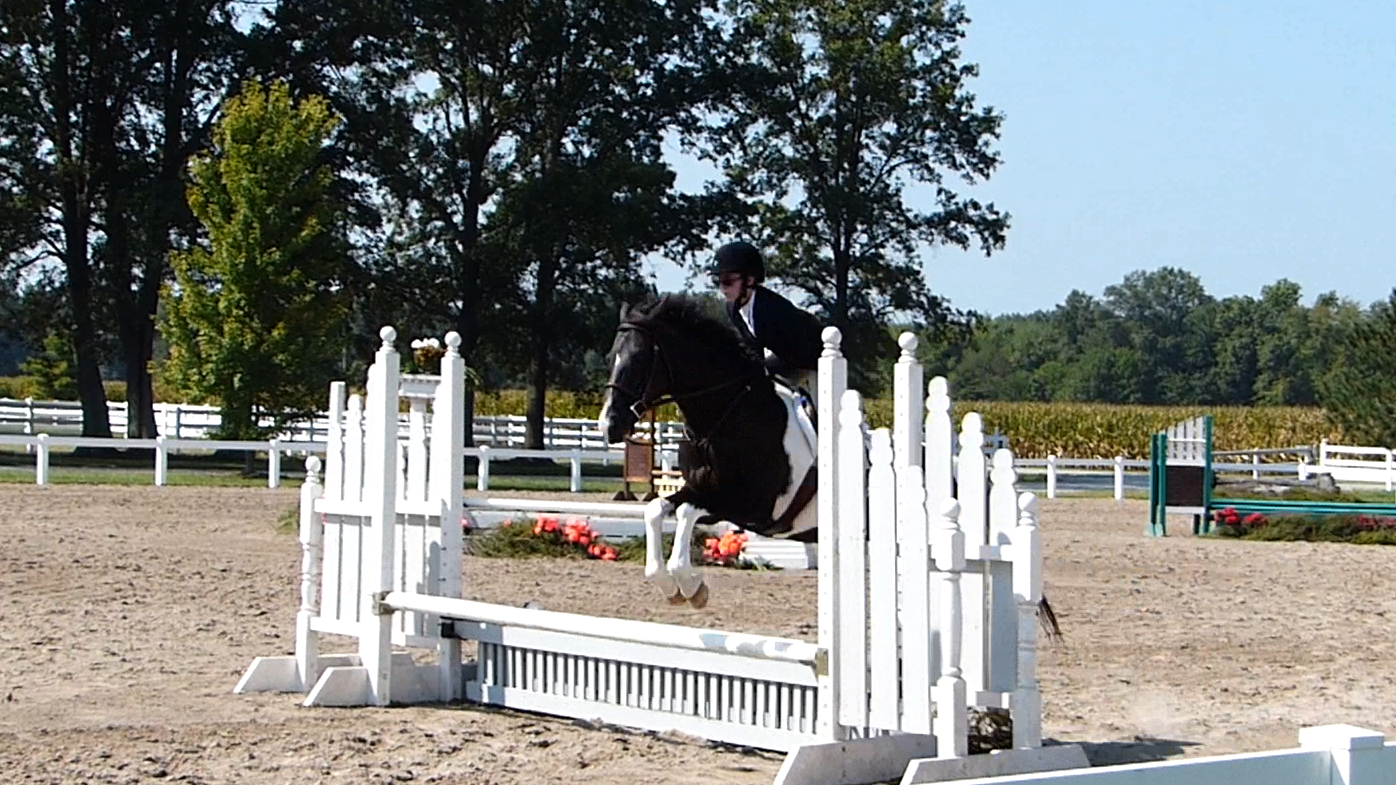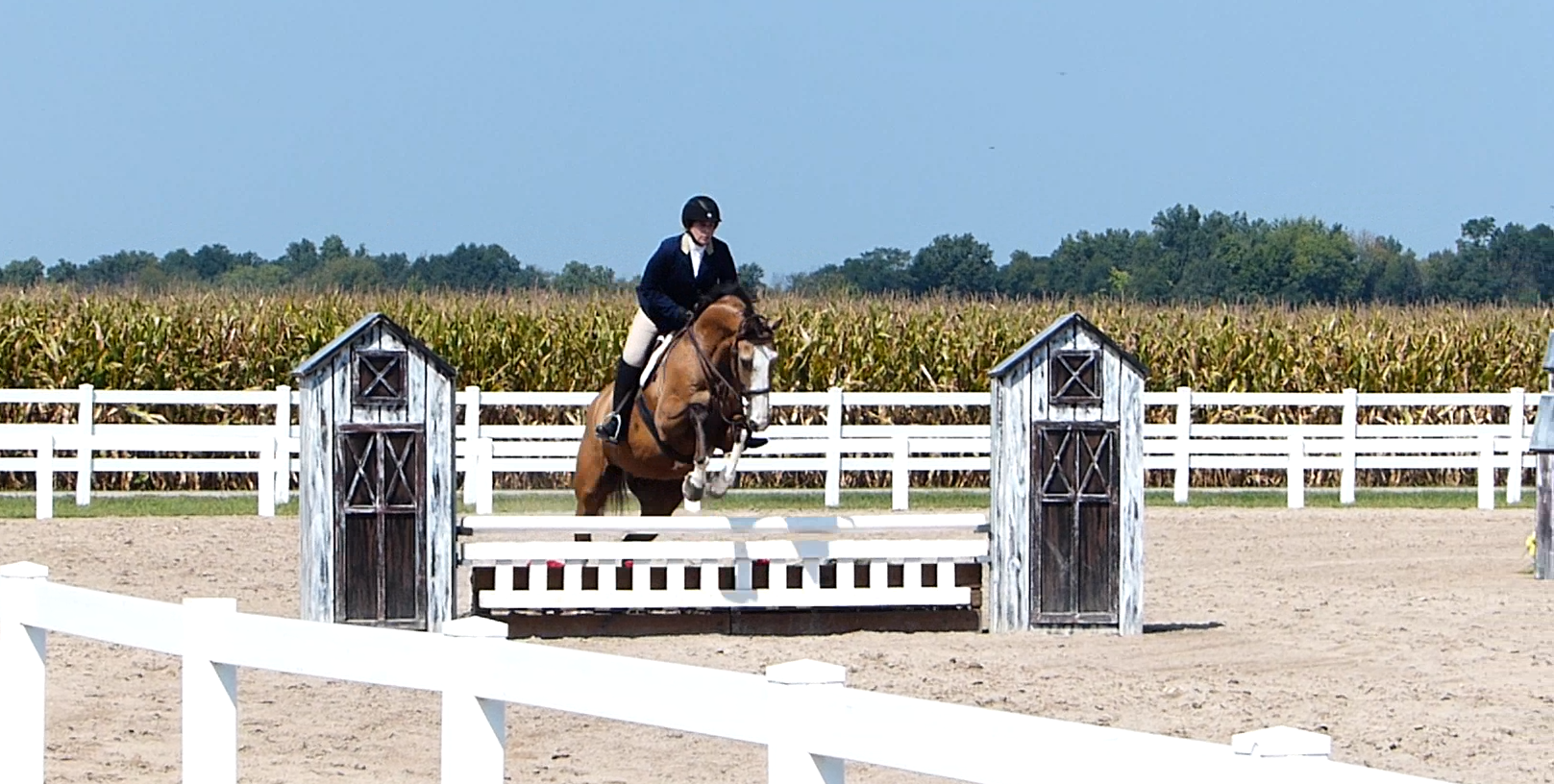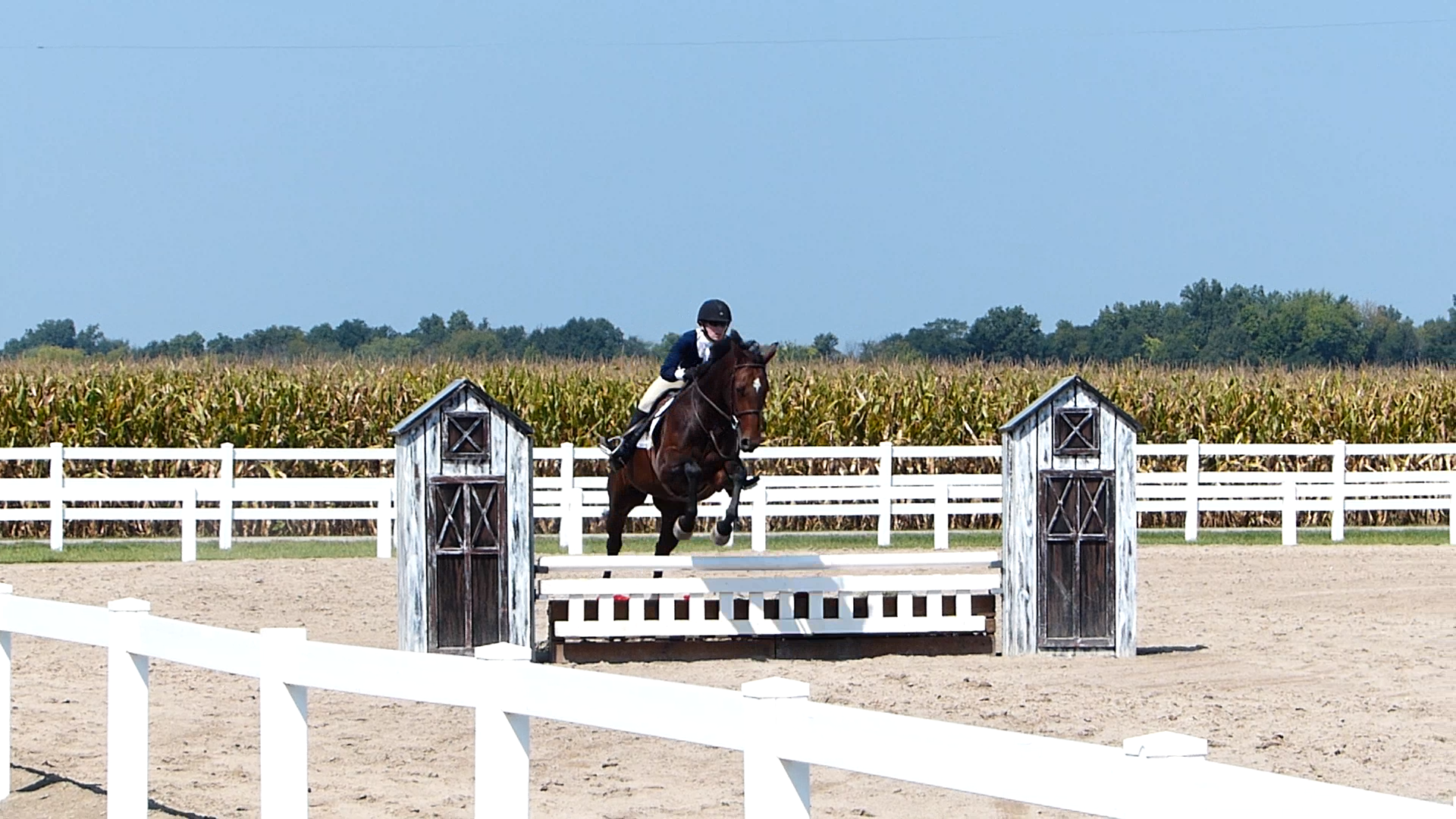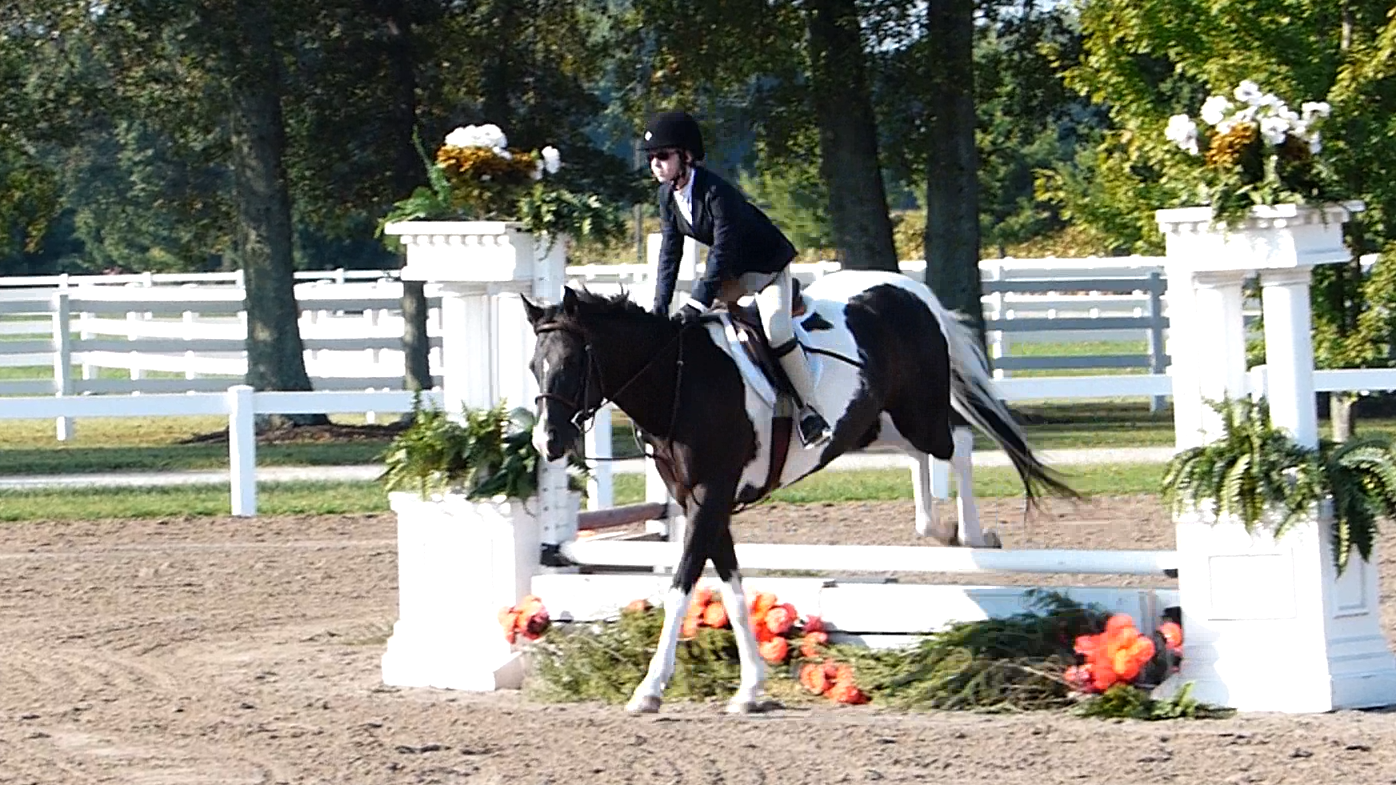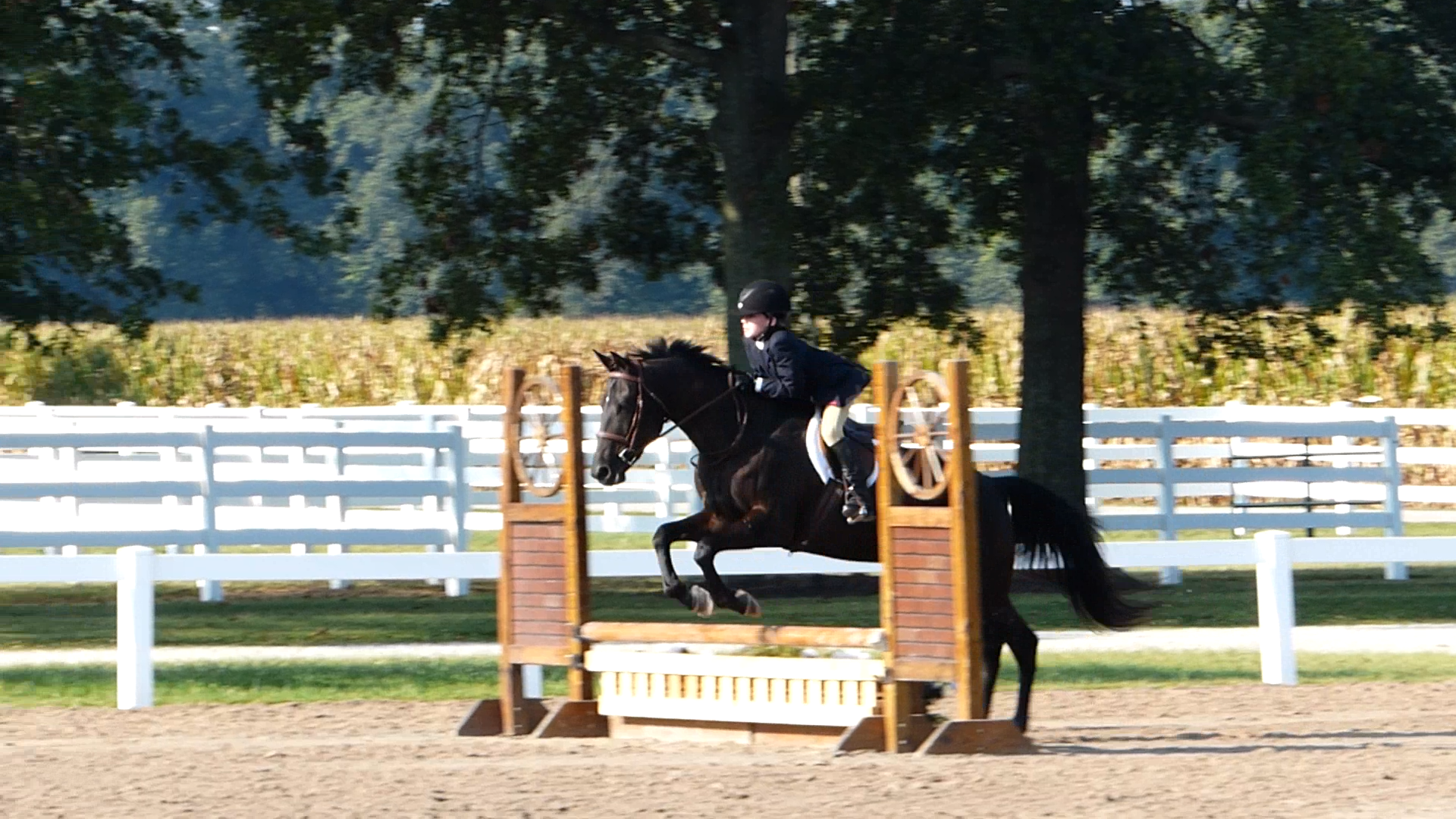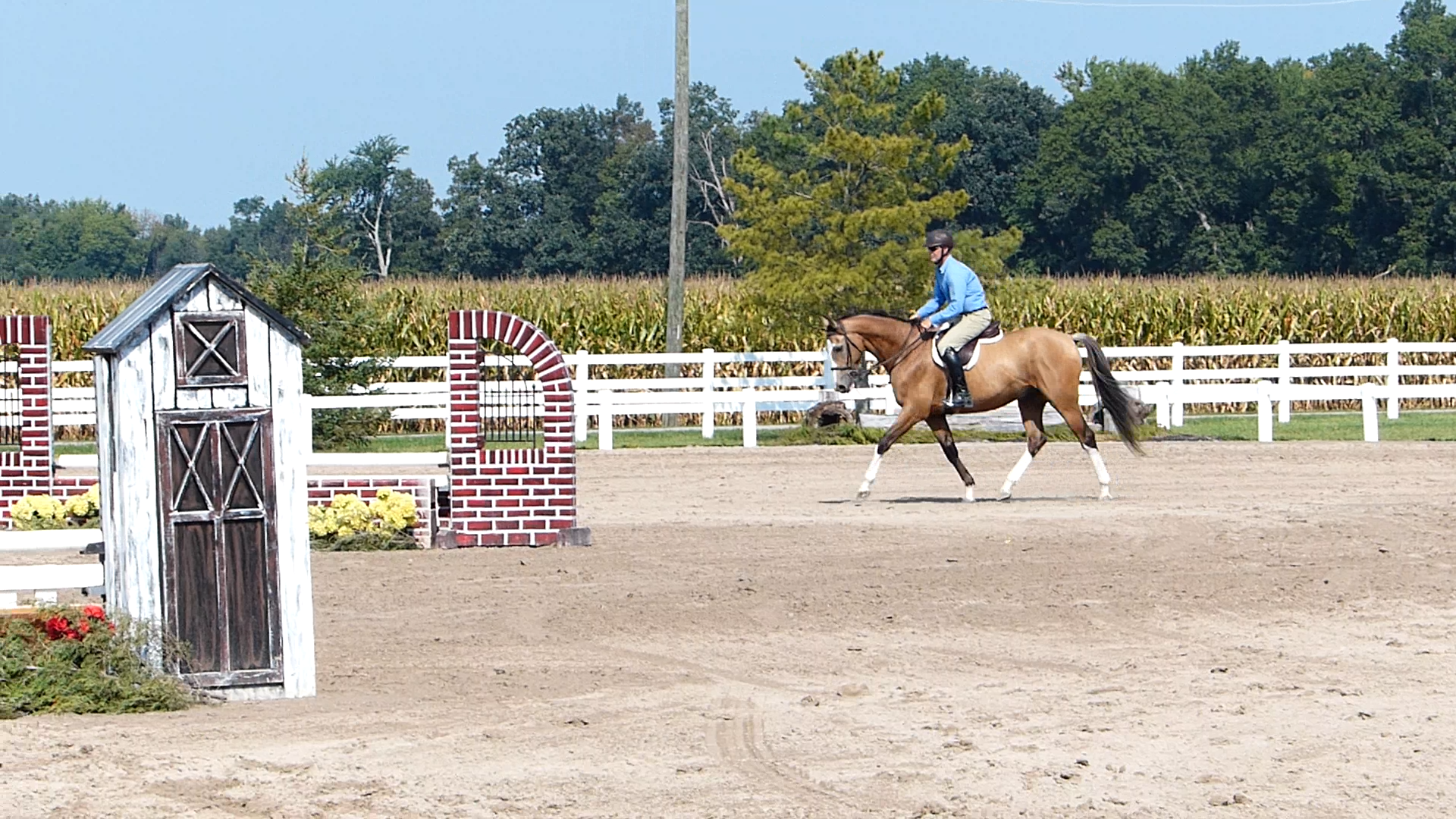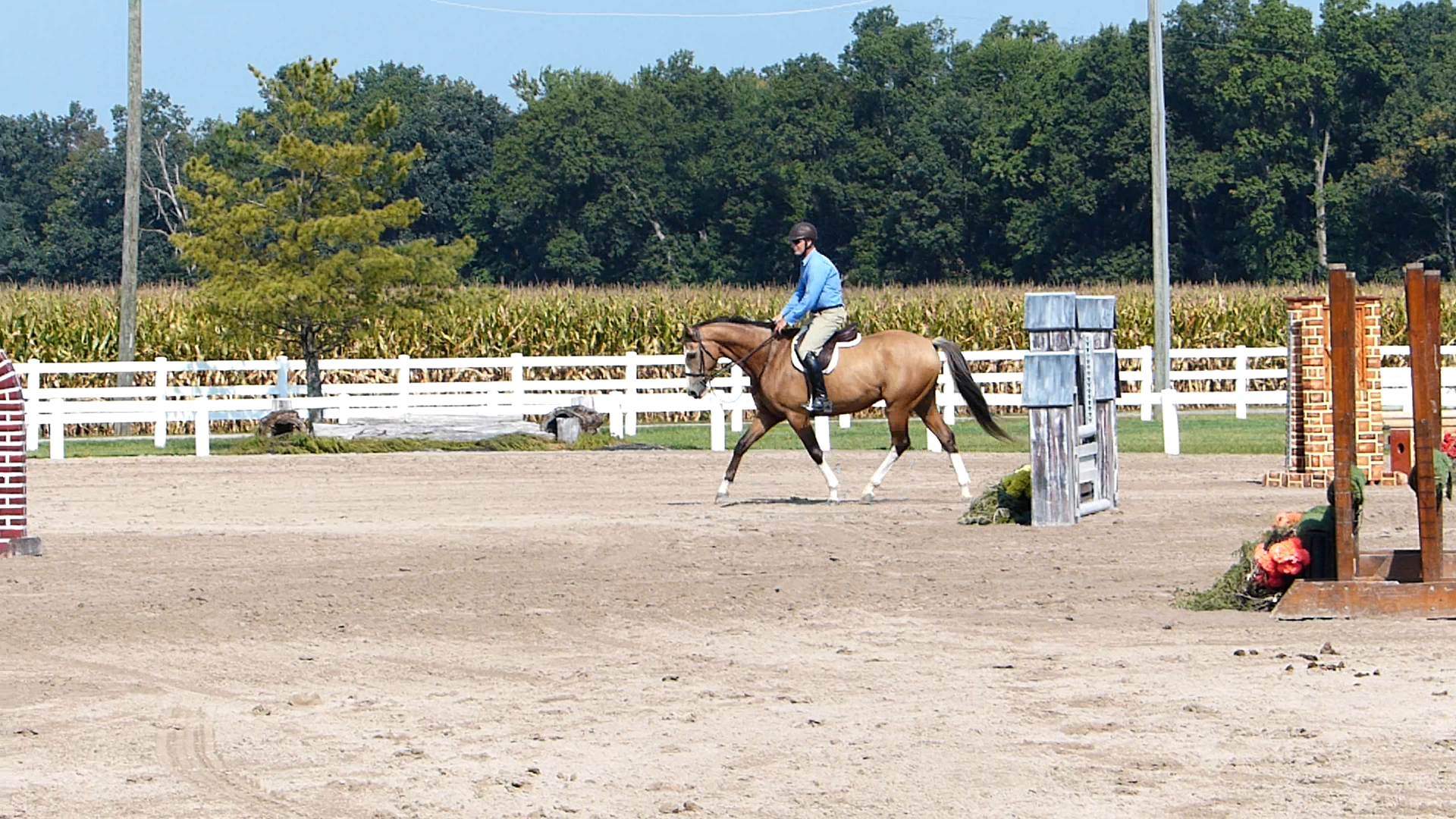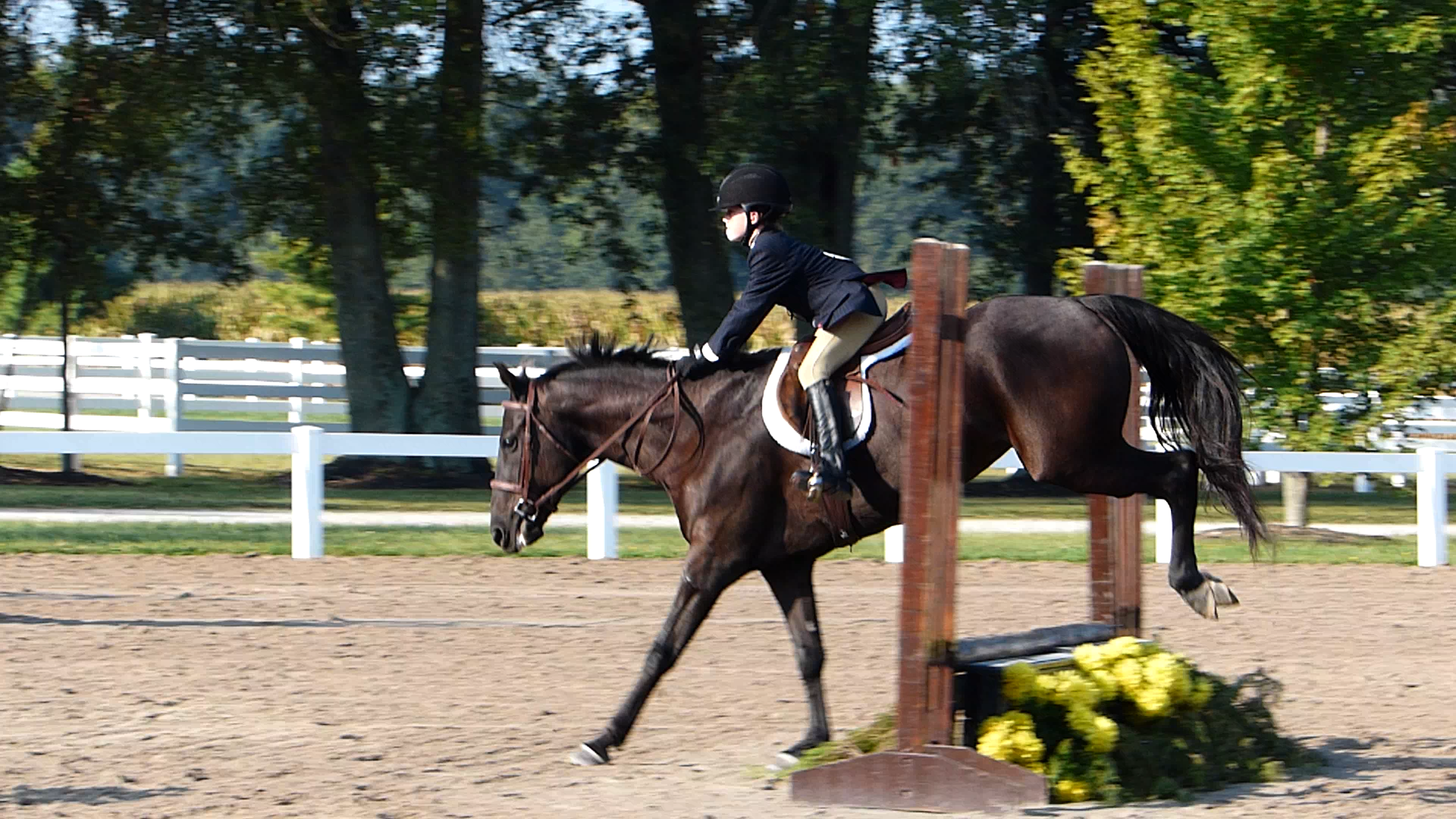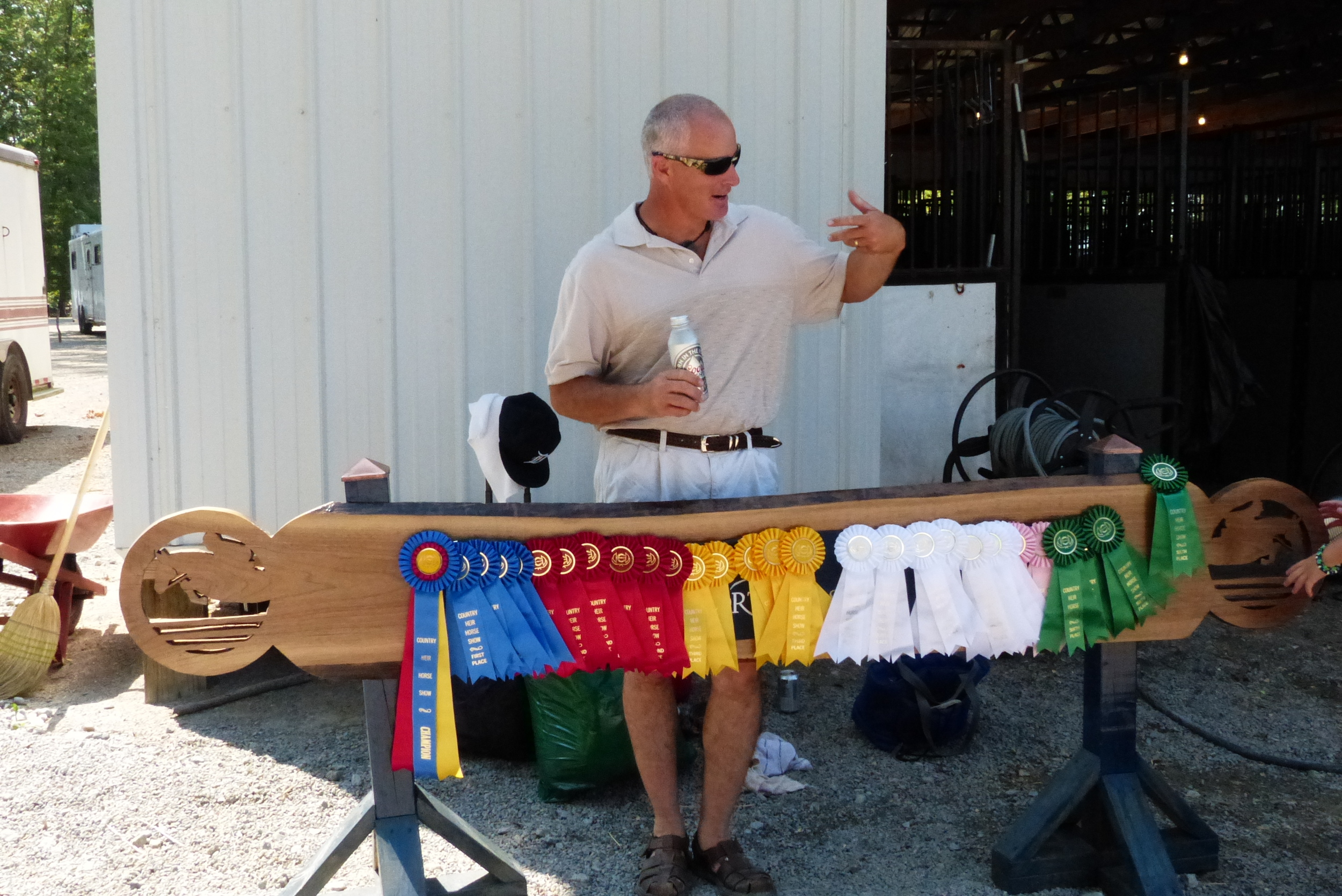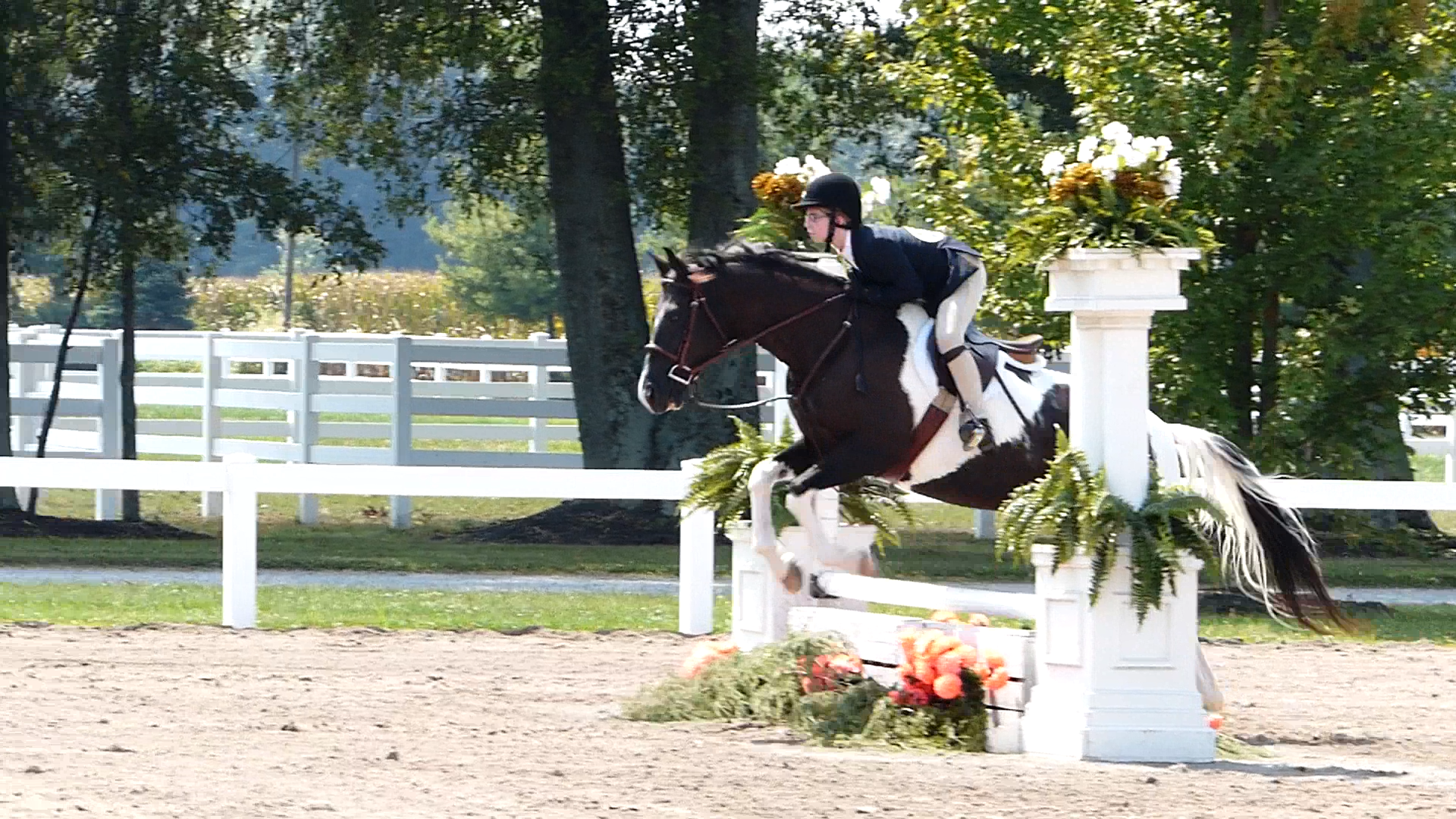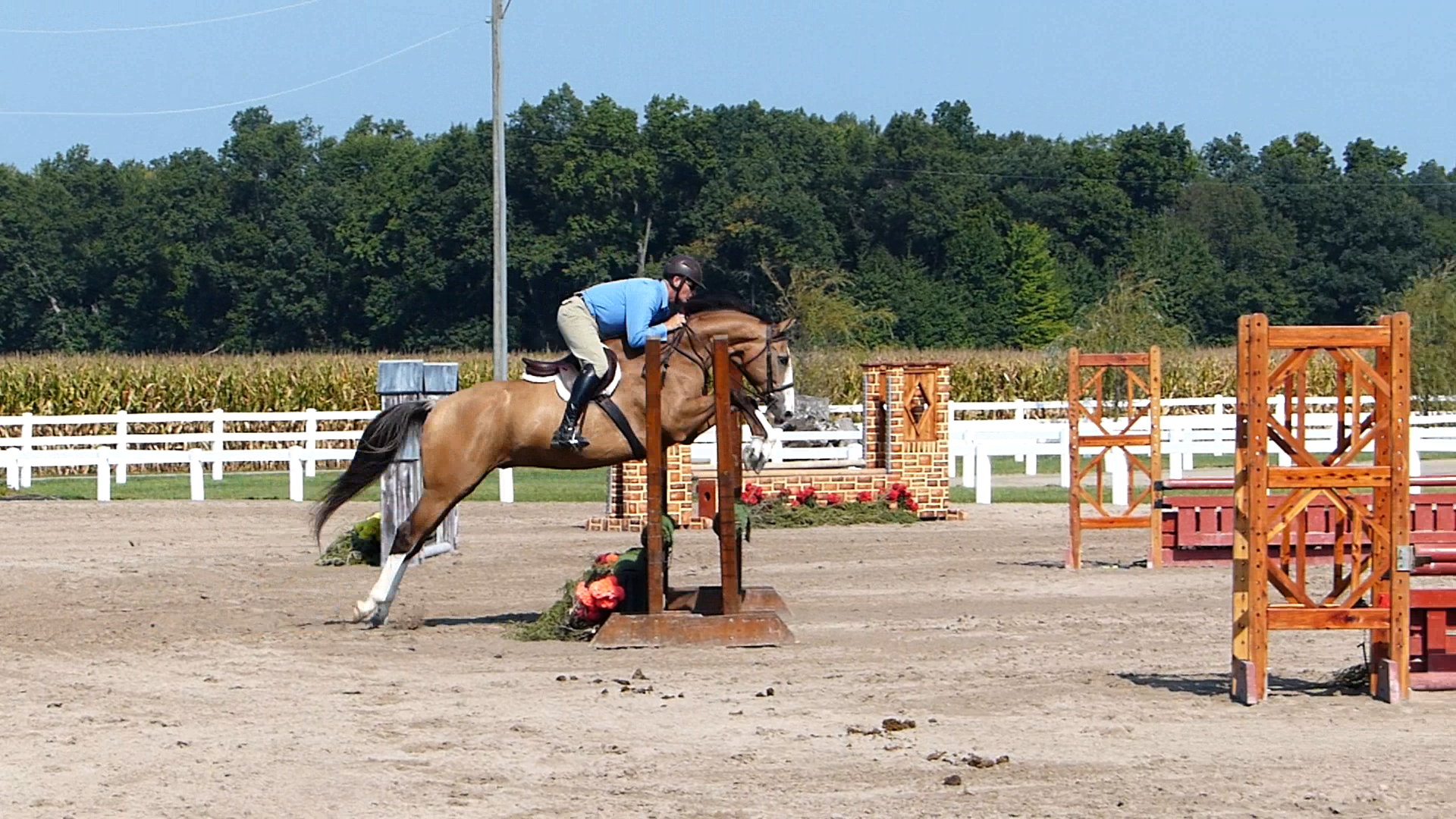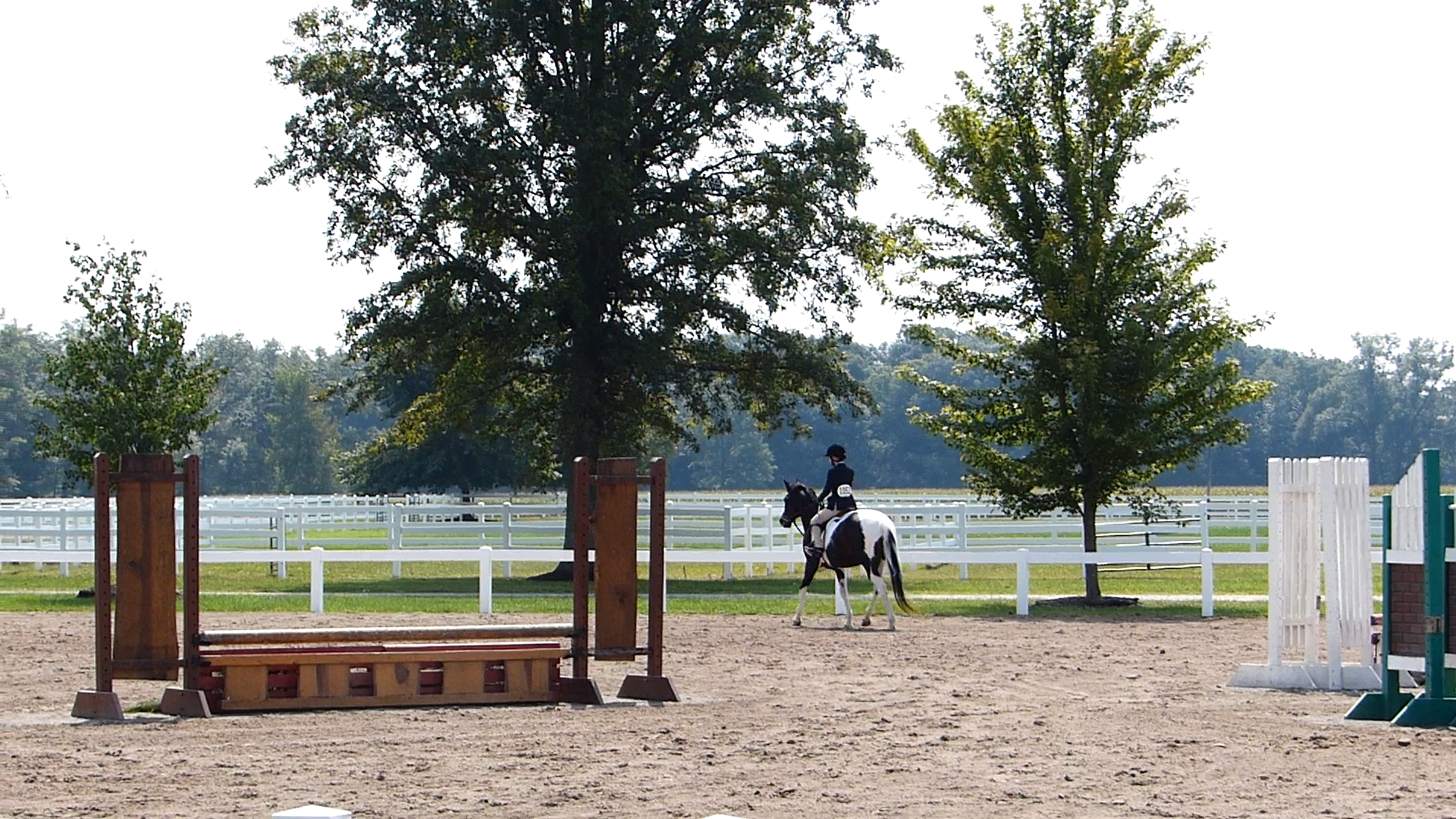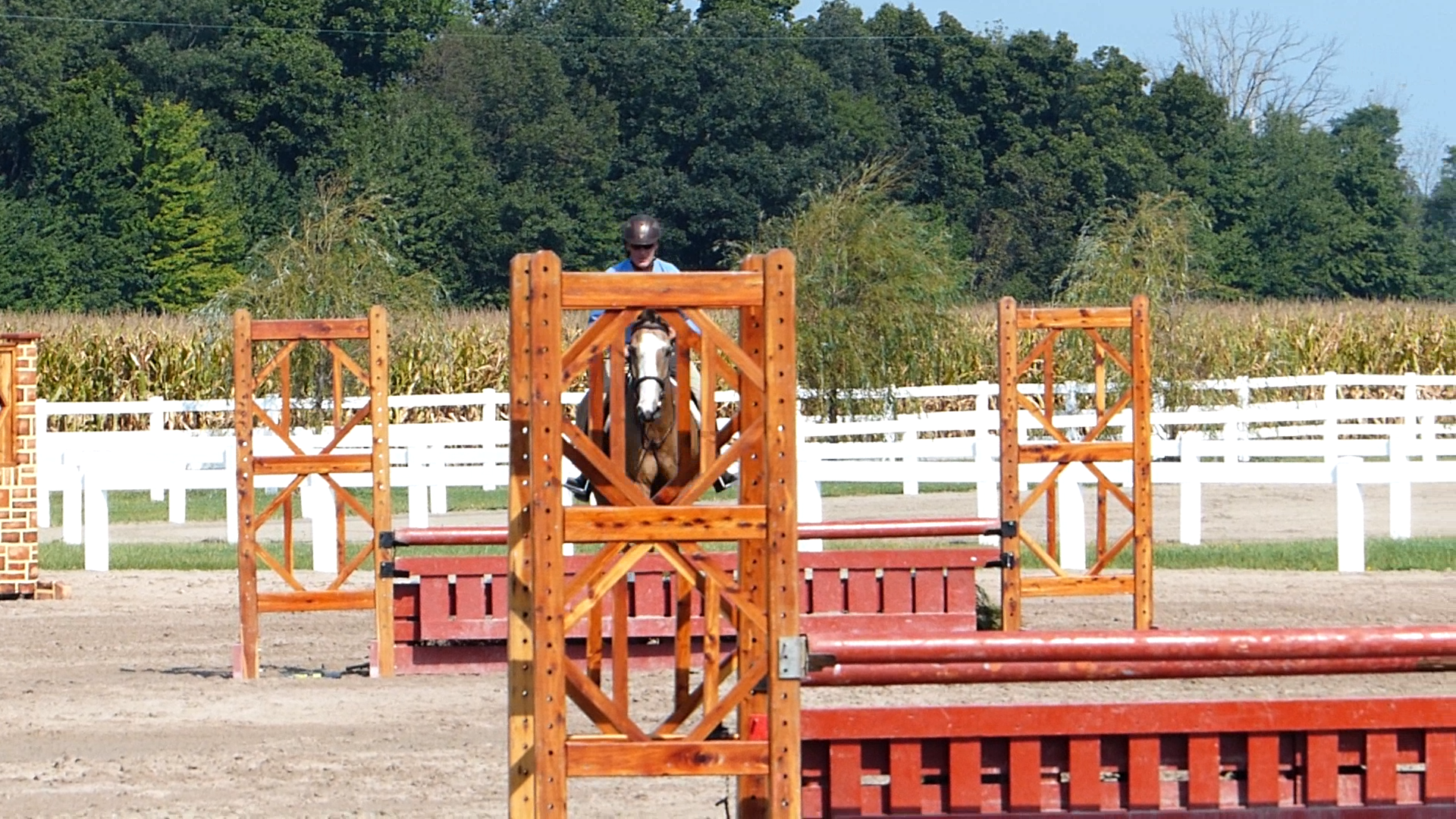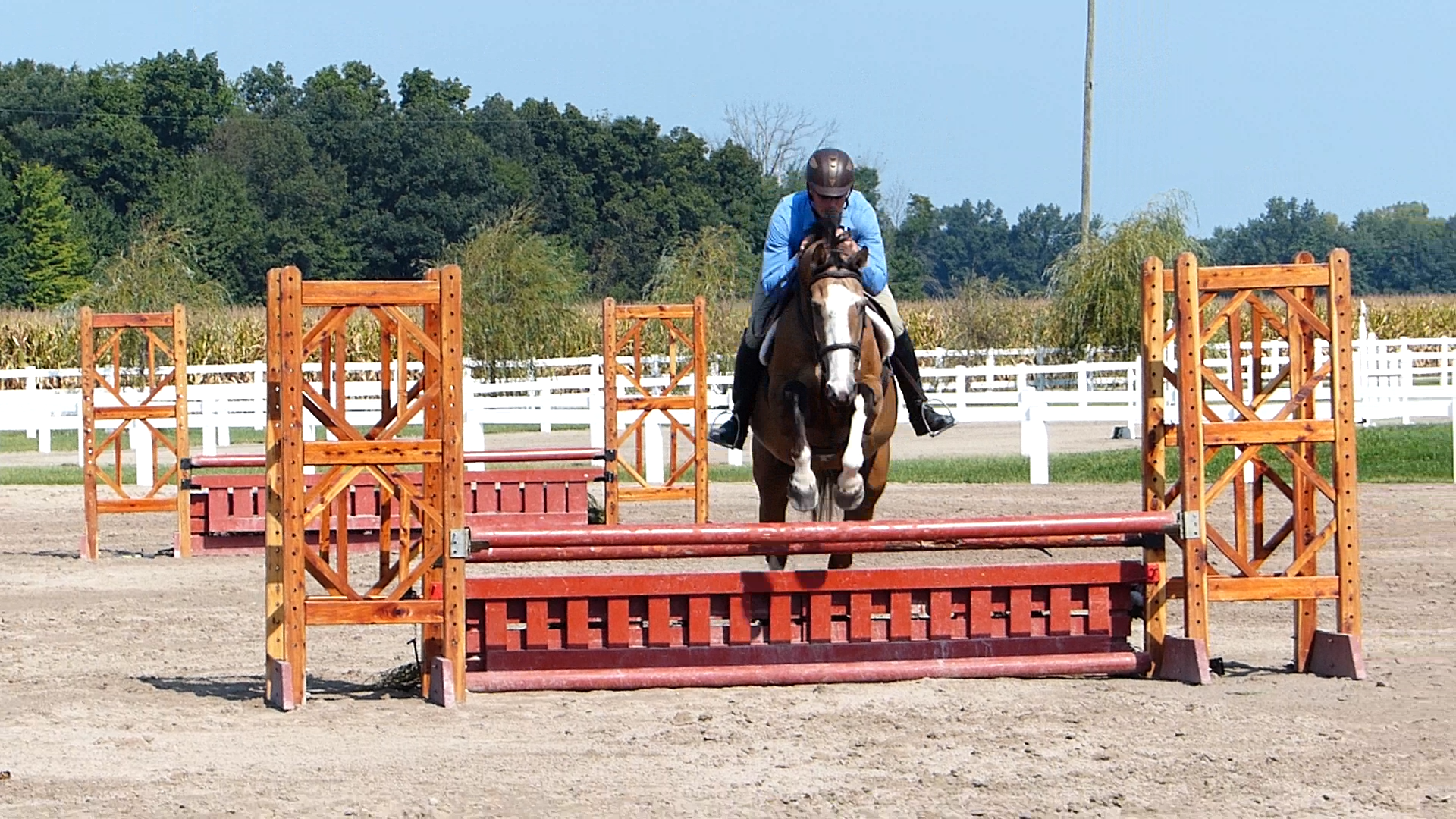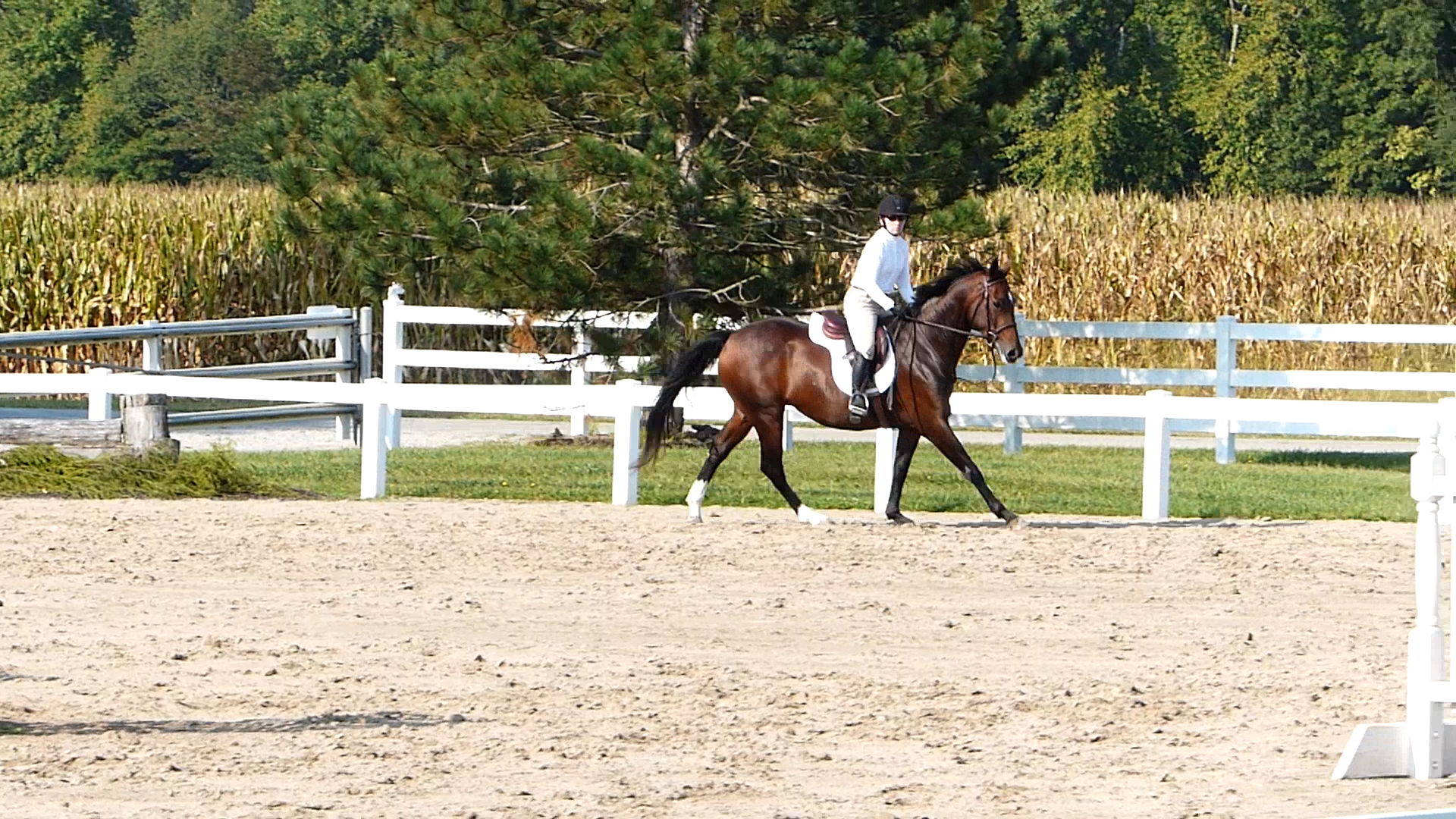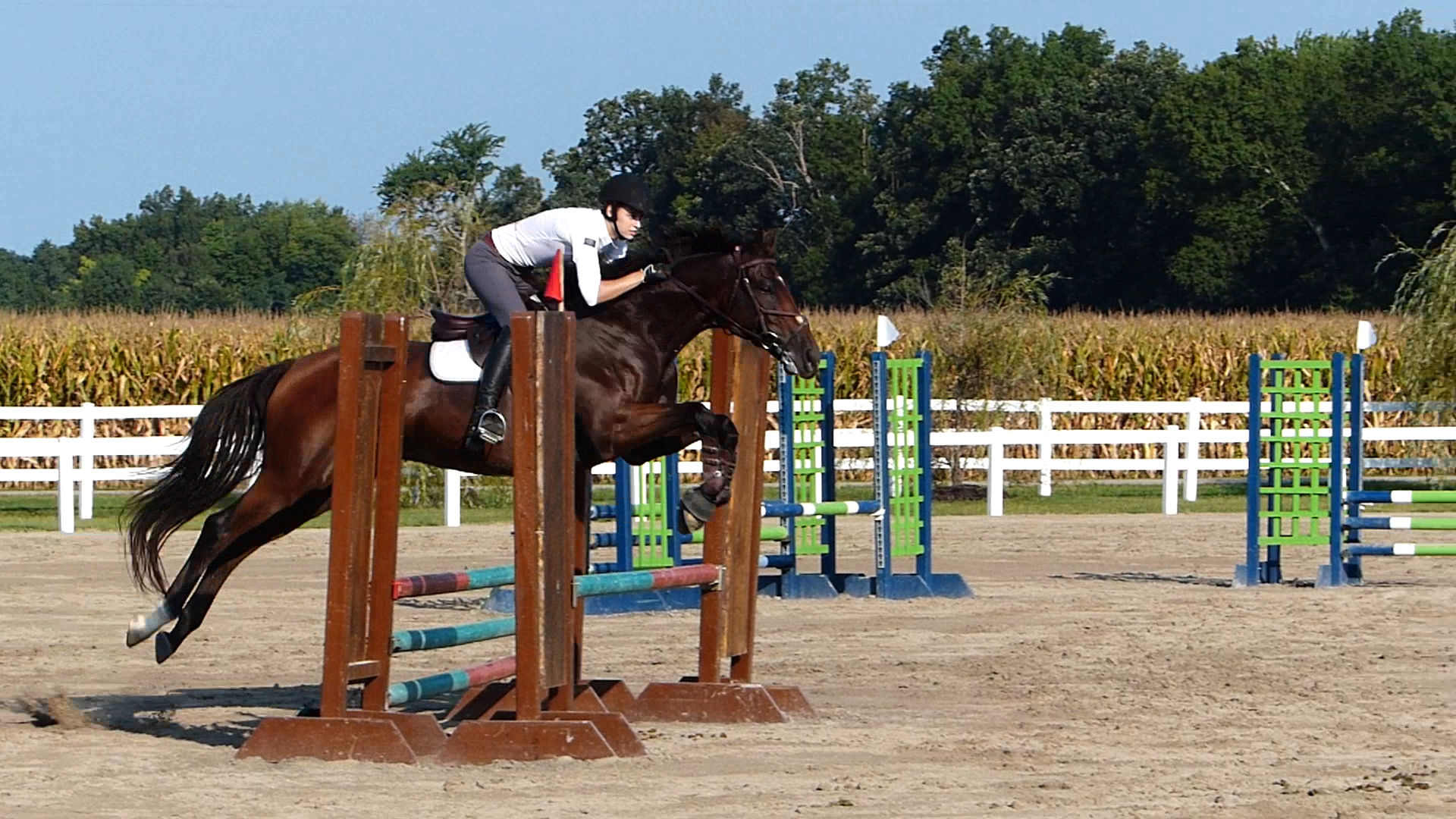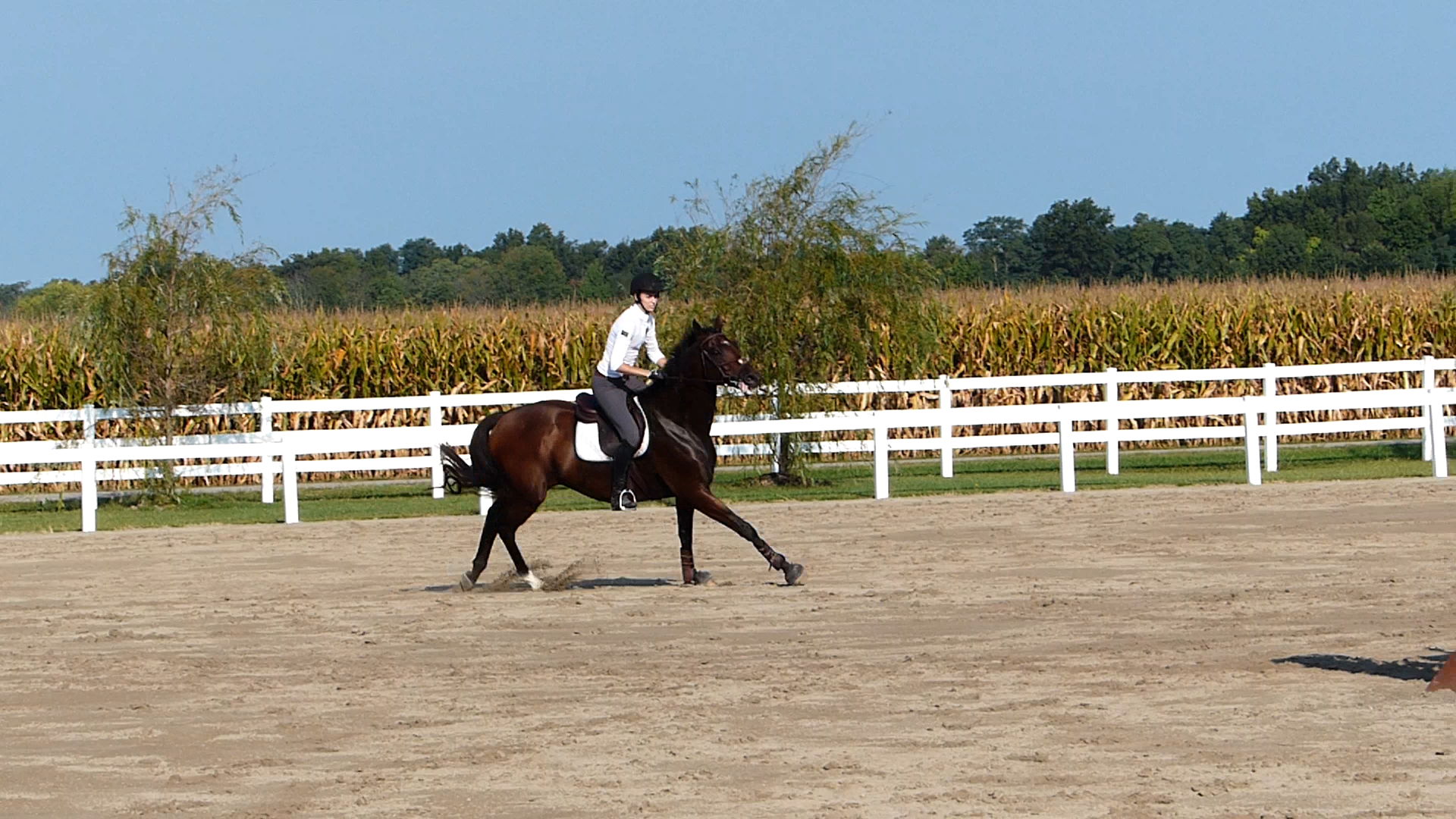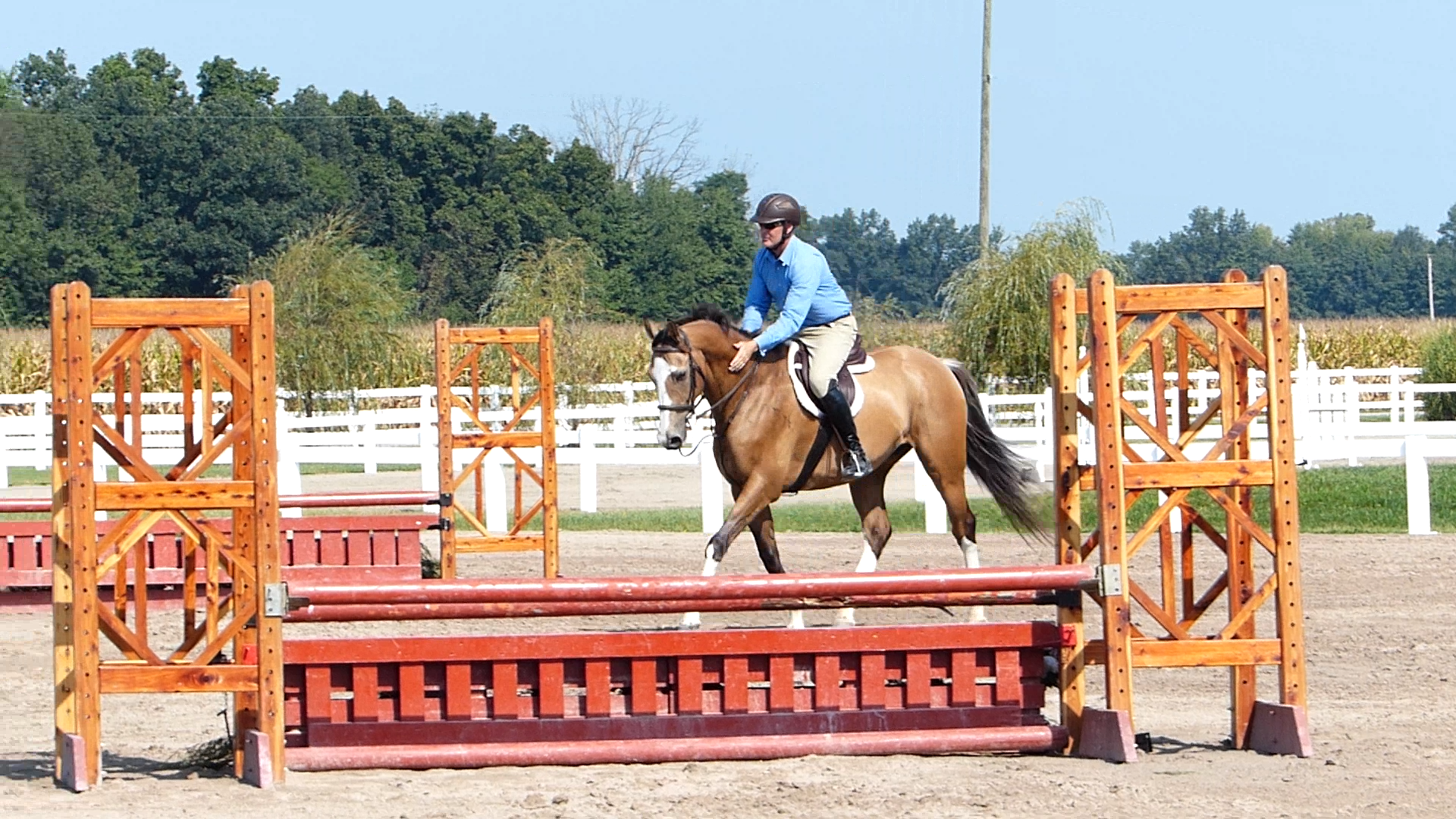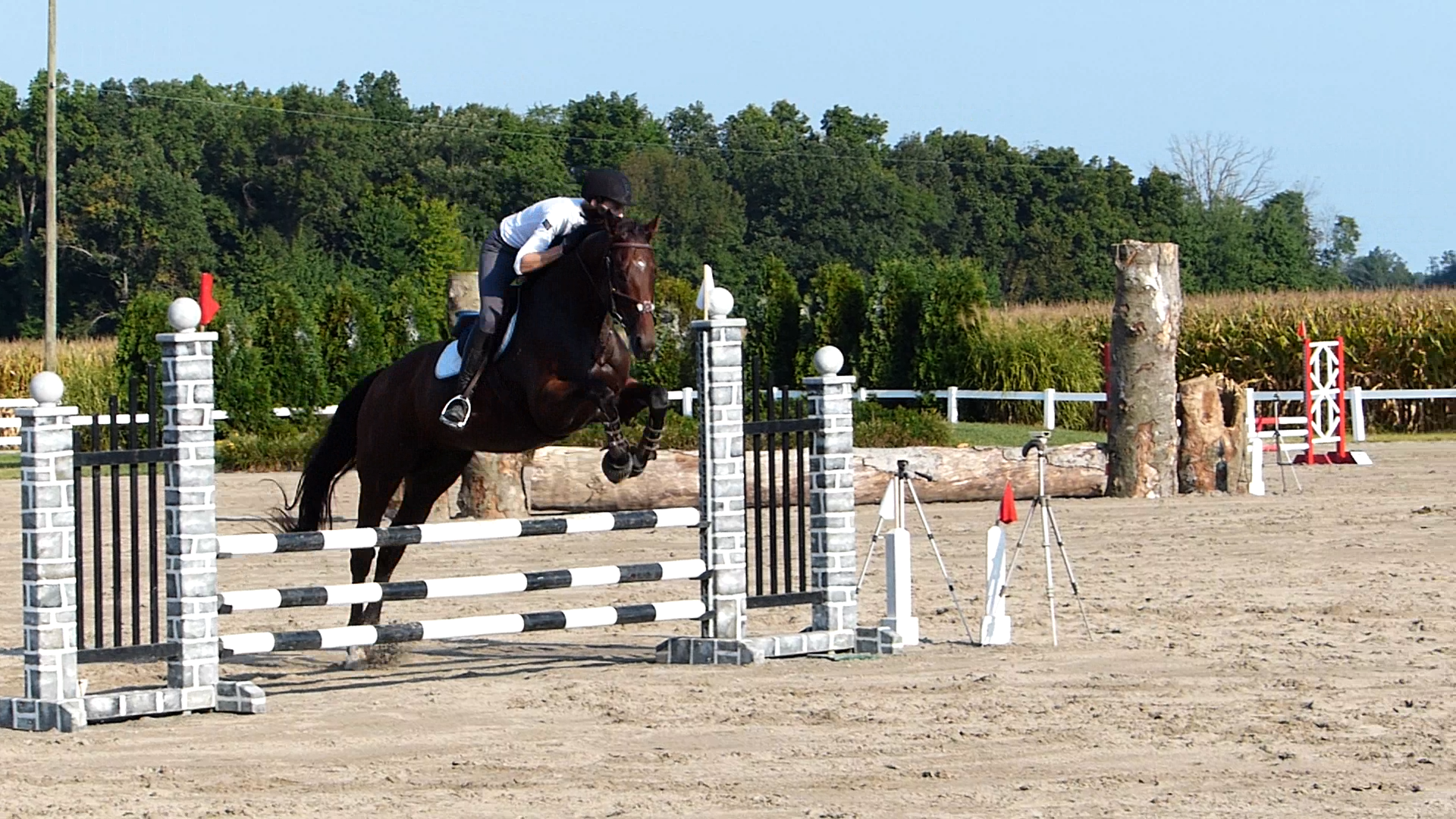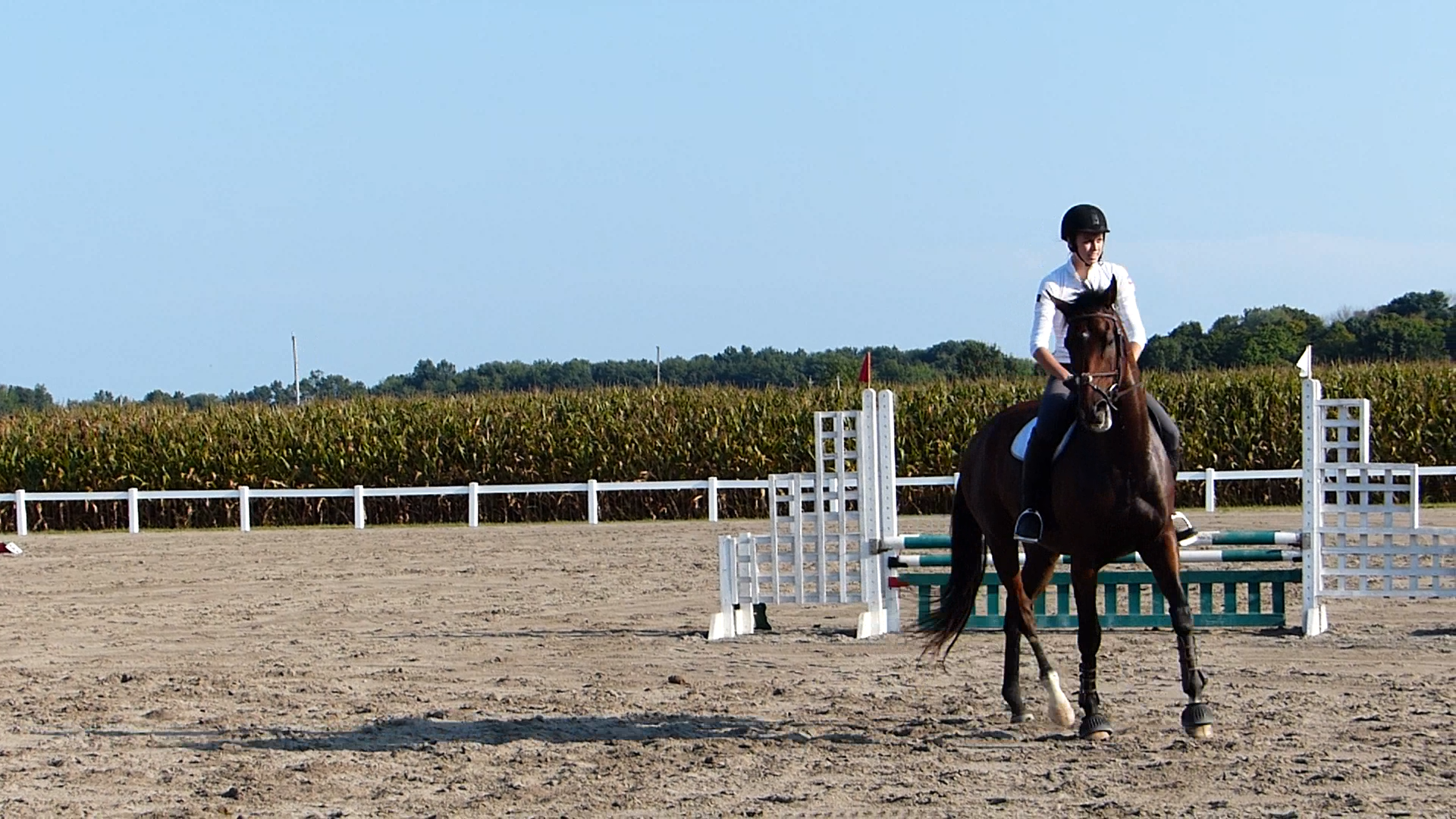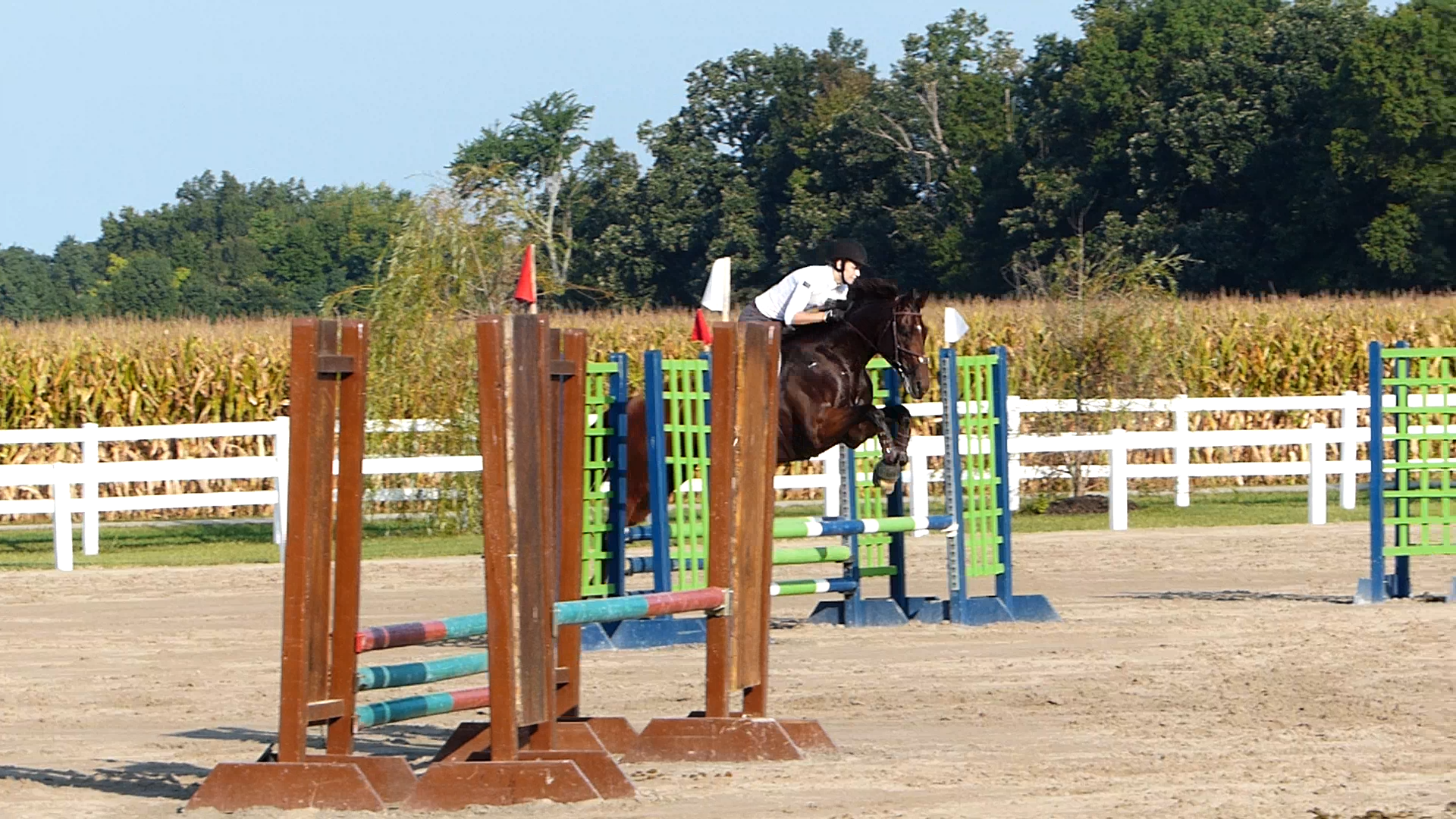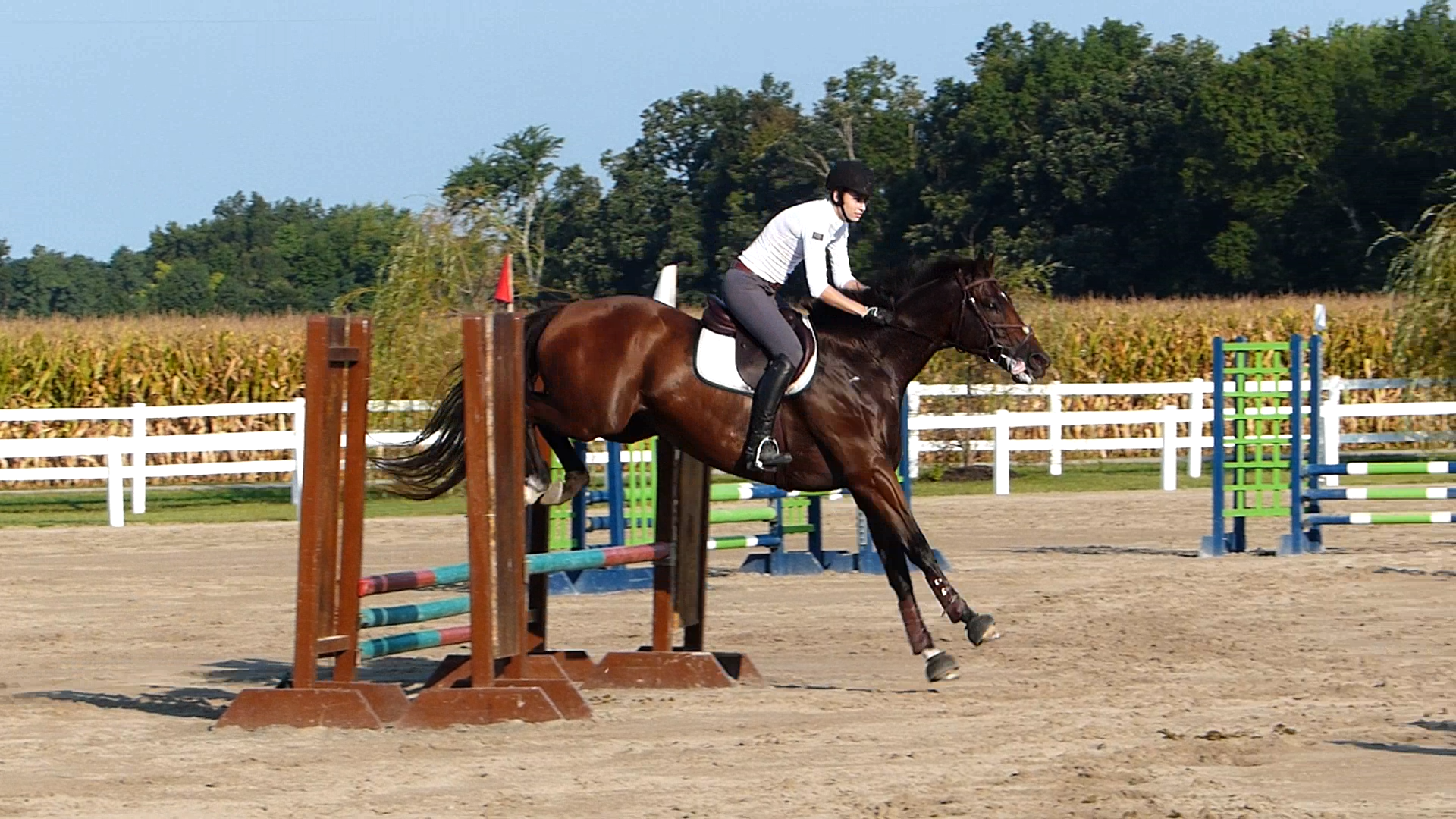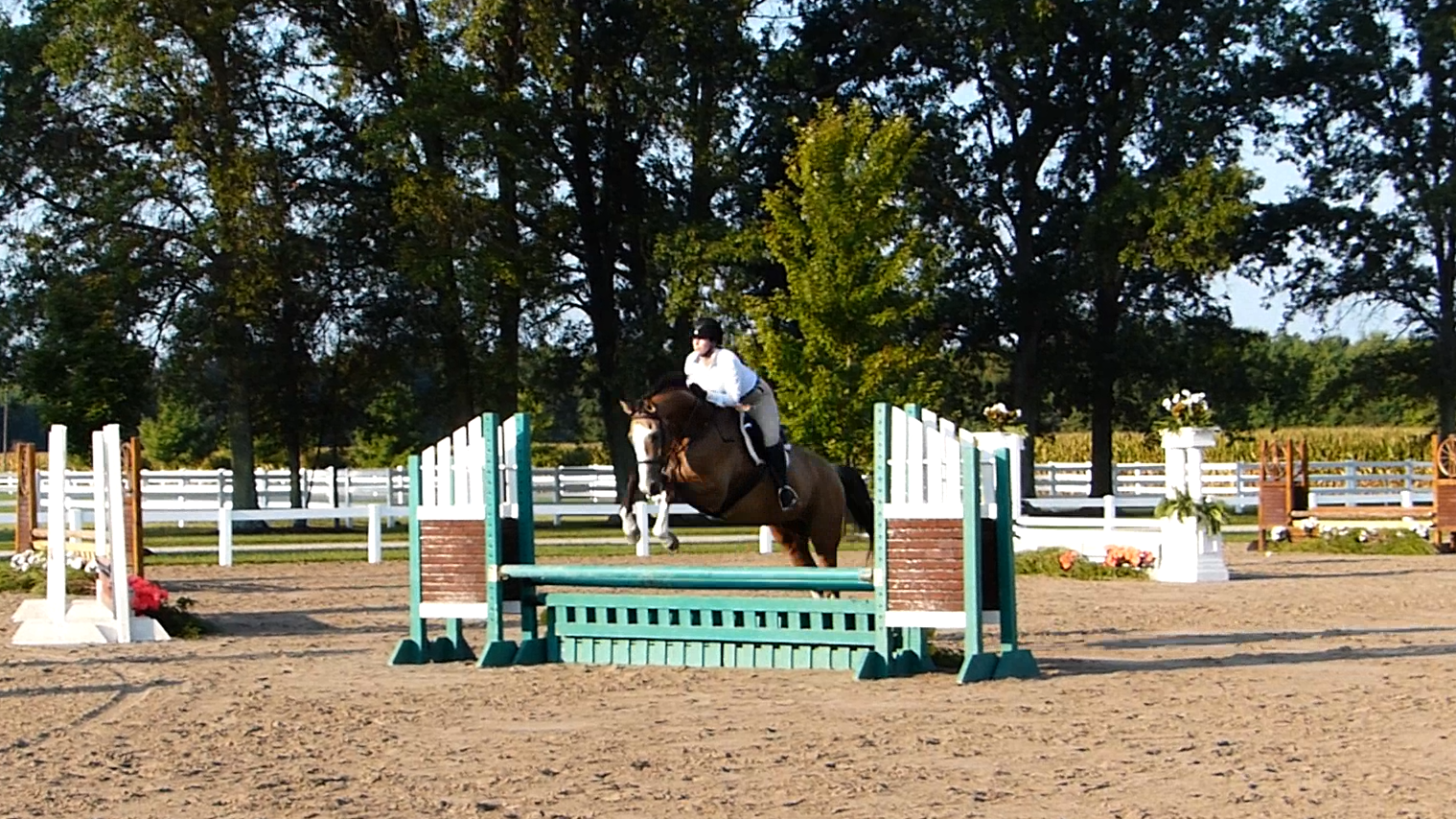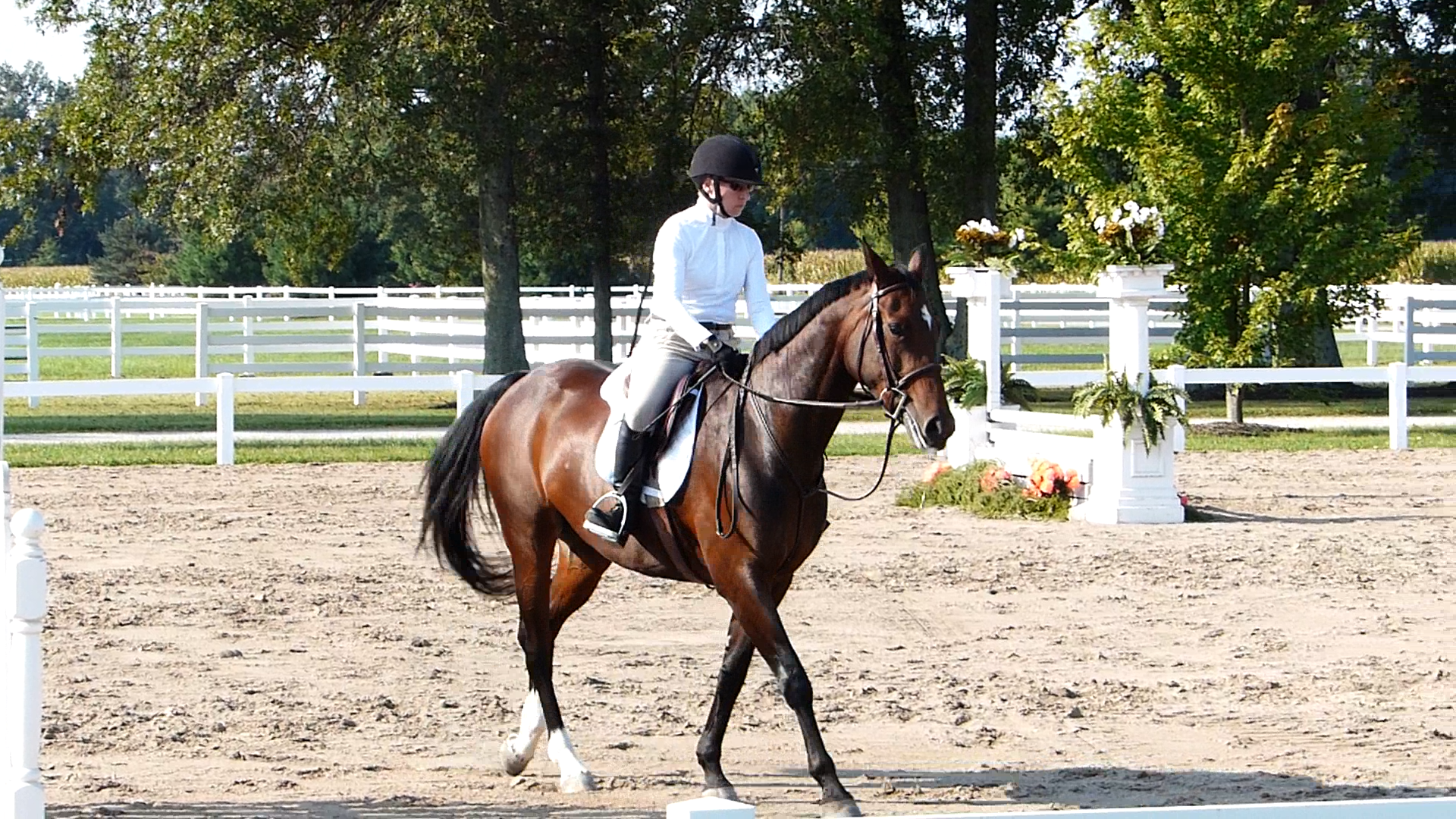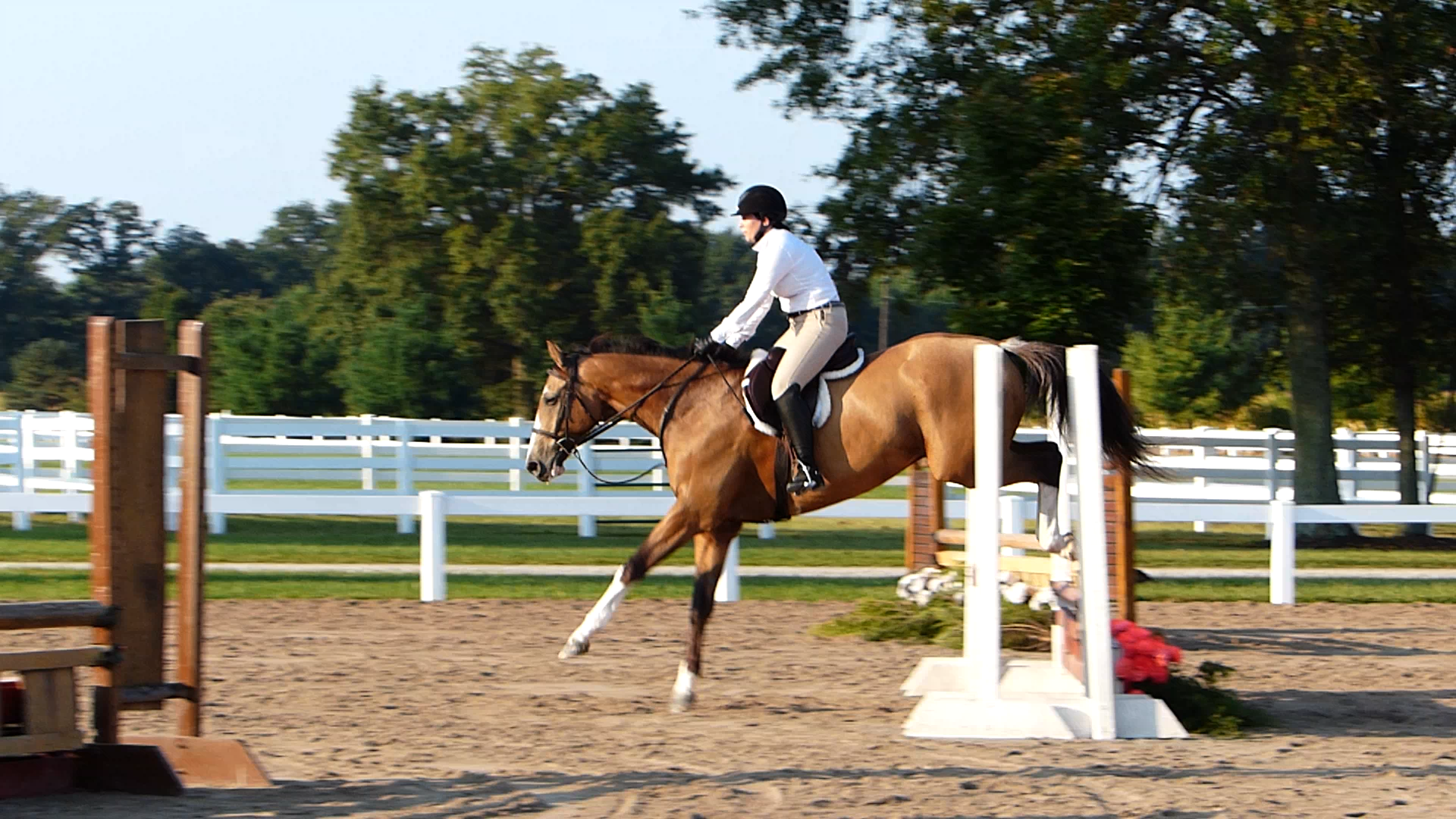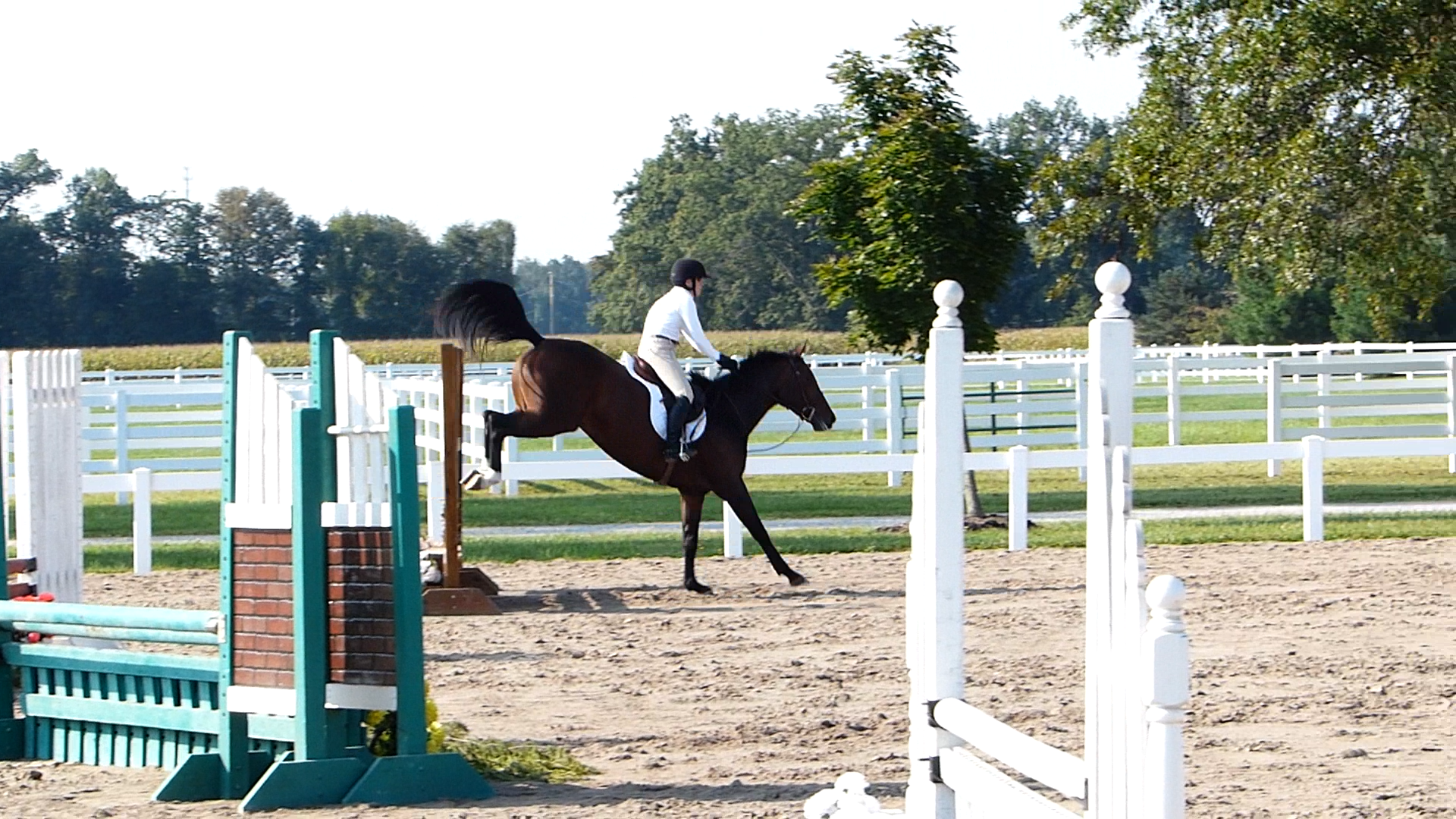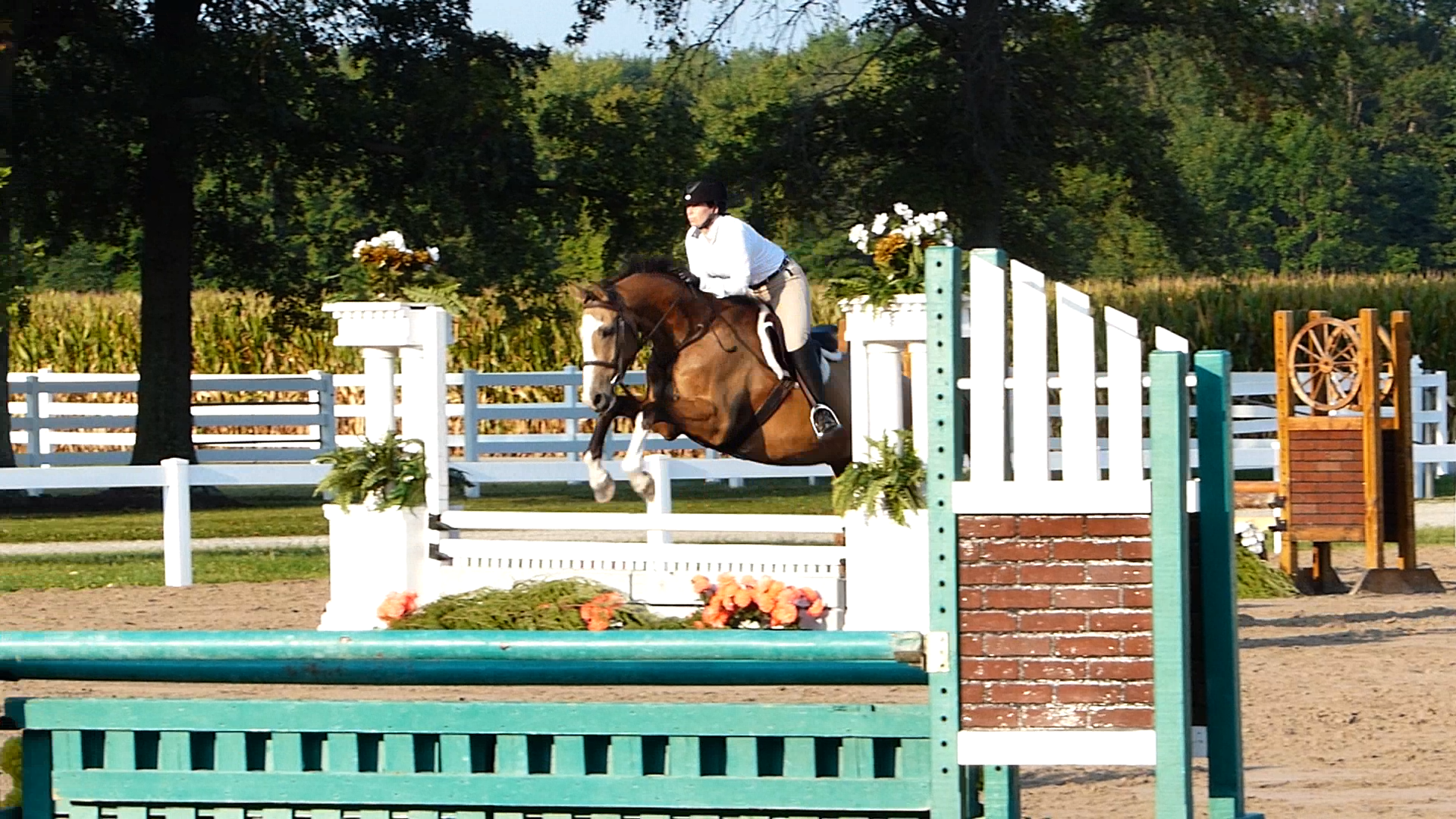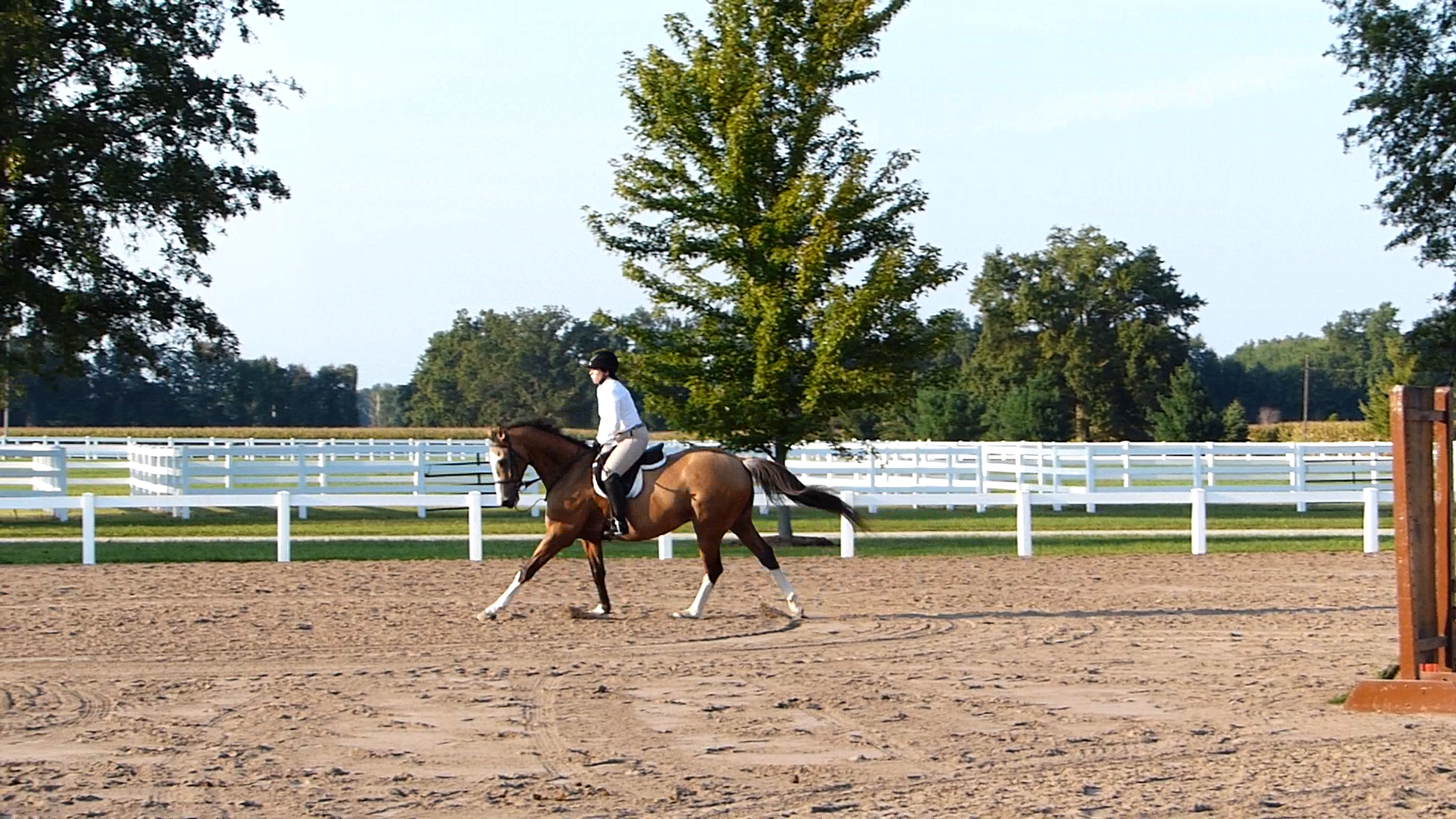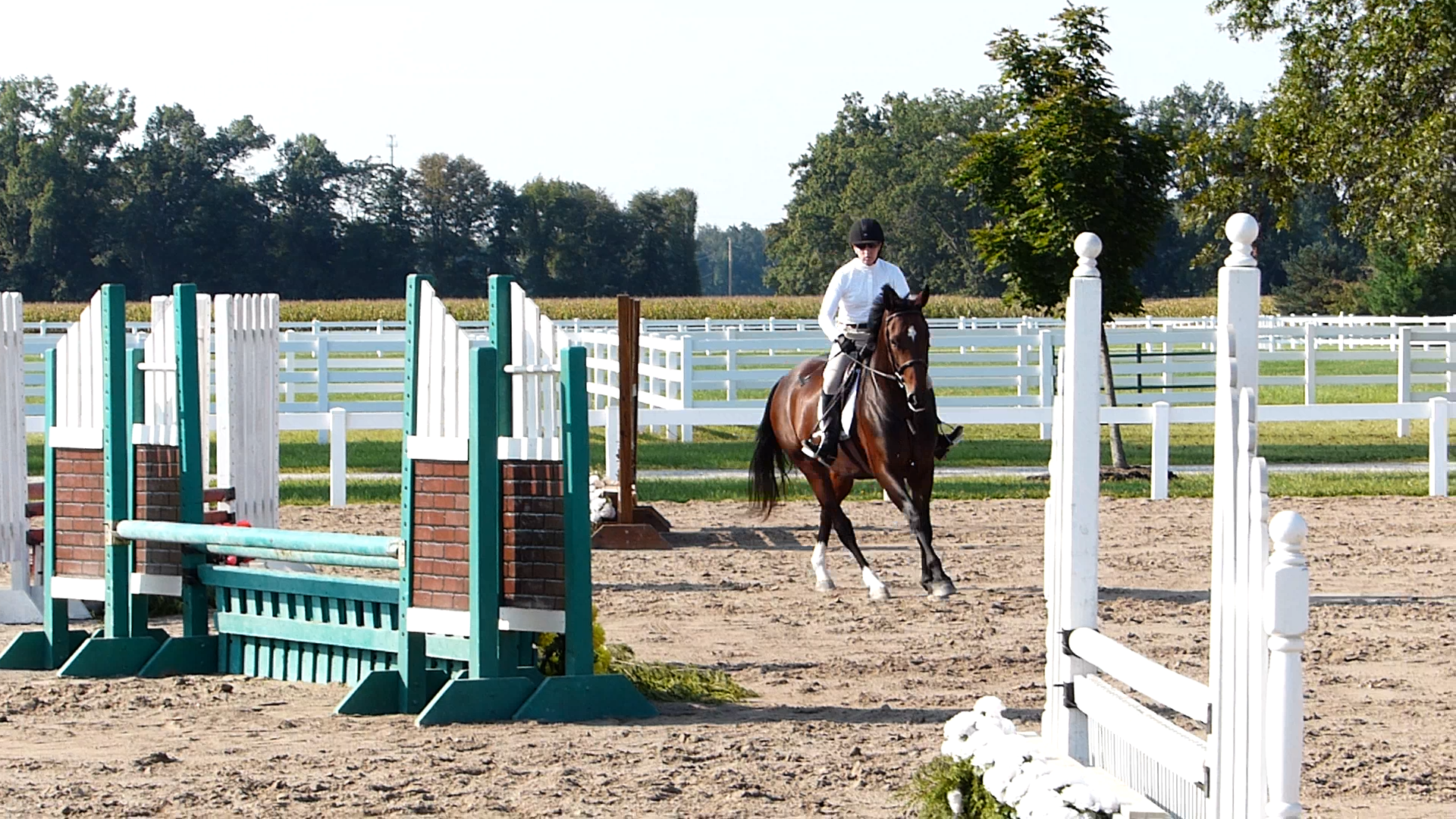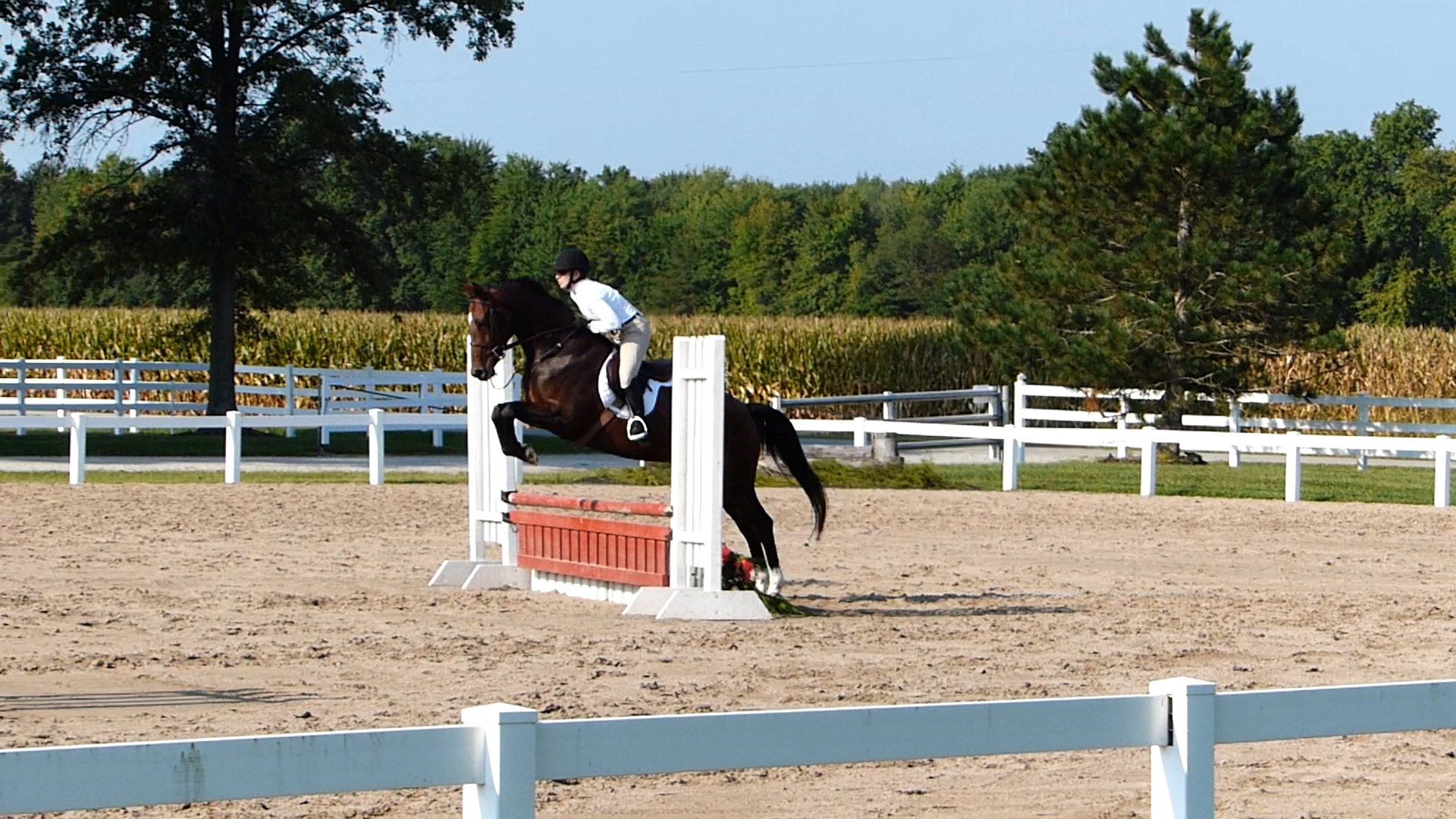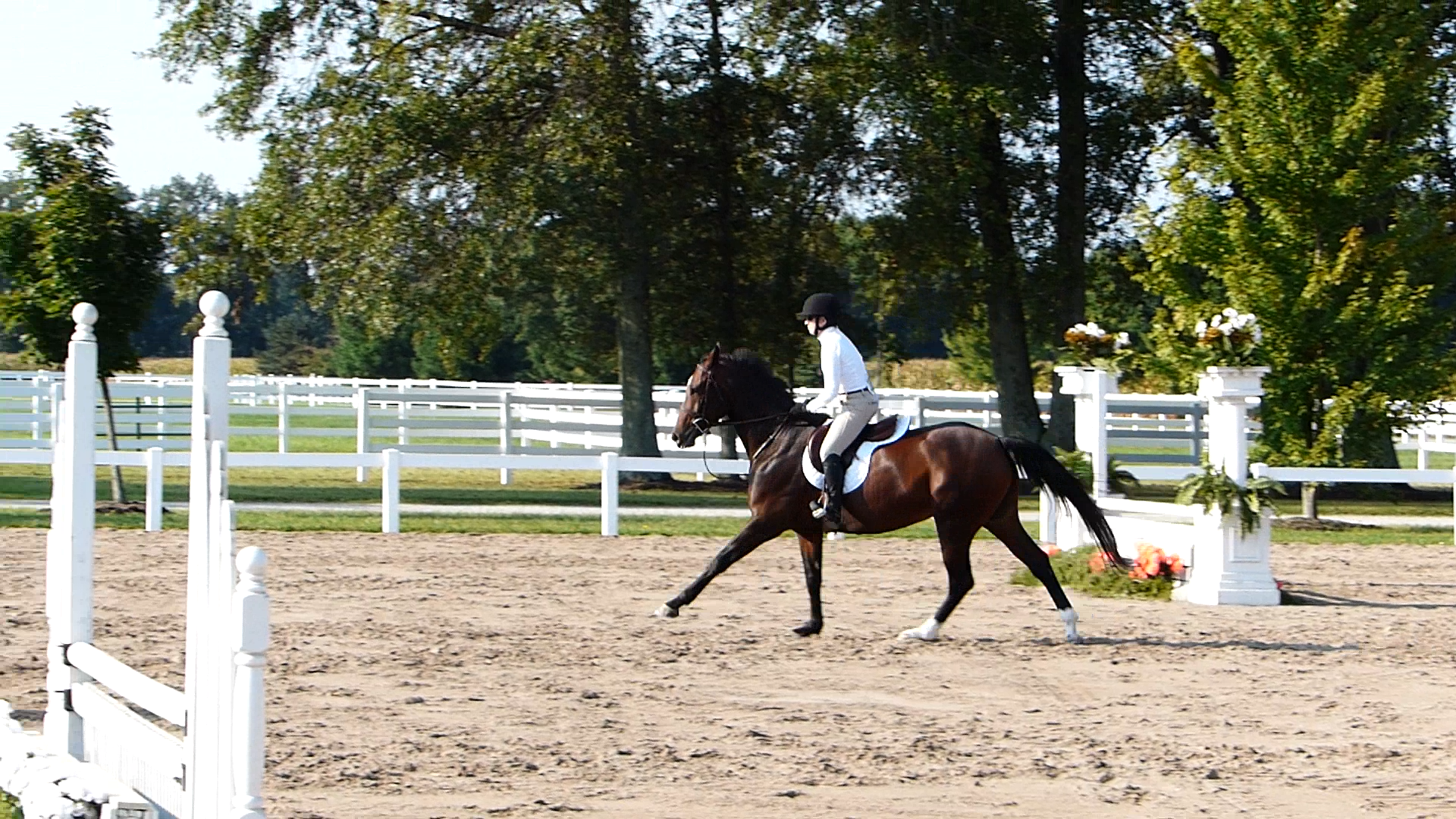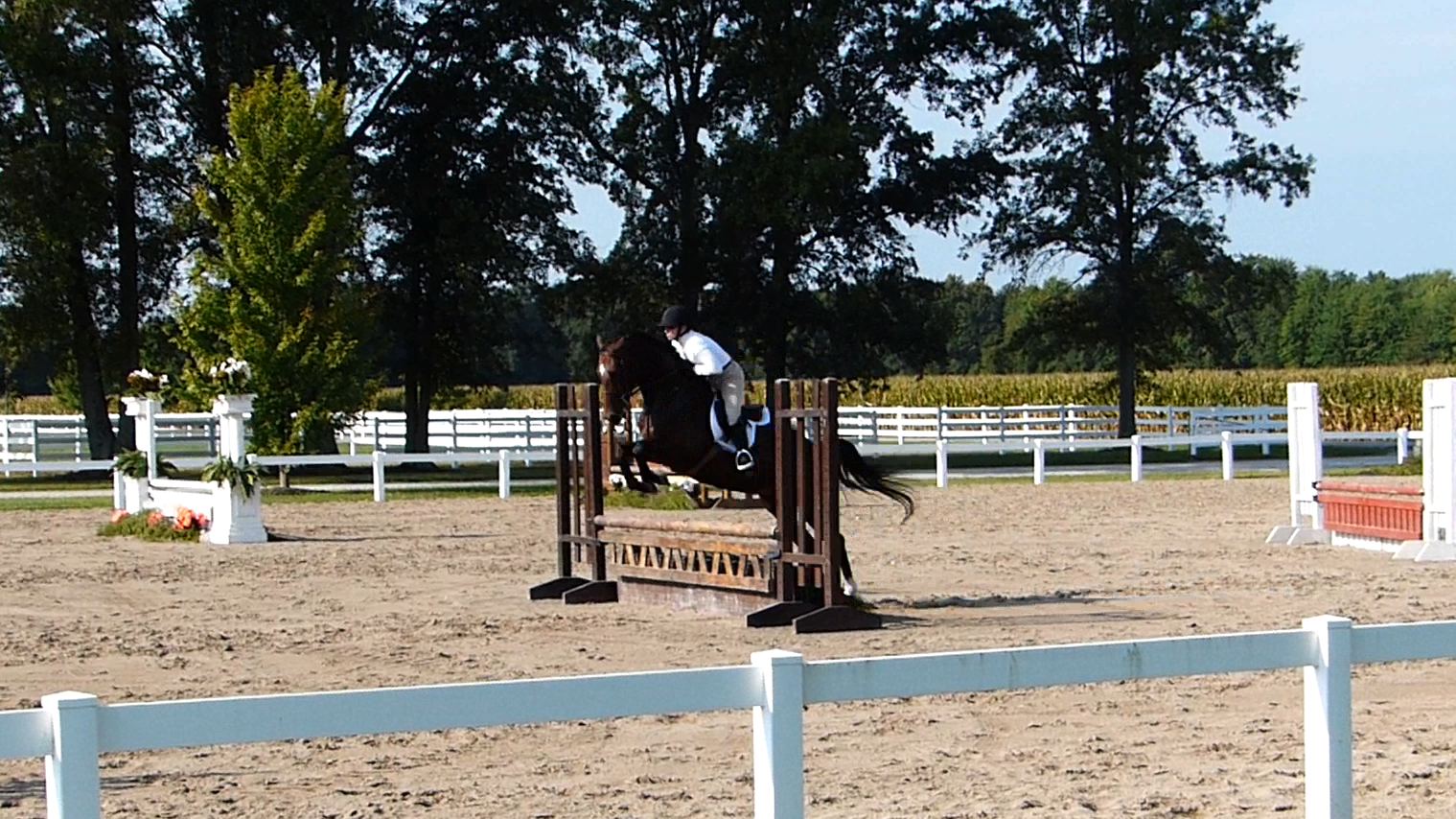Why It’s Never, Ever the Horse’s Fault
July 28, 2015
by Charles Wilhelm
“It’s Never, Ever the Horse’s Fault” has been my slogan for many years now. One of the biggest and most important truths that I have learned over the years is the fact that what we consider “bad behavior” is a manifestation of natural instinct and that behavior is never, ever that horse’s fault. This truth is critically important for me as a trainer but it is also important for you as an owner. There was a time, maybe 40 years ago, when I thought bad behavior was the horse’s fault. That was the way we thought in those days. As the years passed, I began to think that the horse caused 75% of the problems and that I was responsible for 25% of the problems. This line of thinking progressed until I came to think of it as 50/50 and then later as 75% my fault and 25% the horse’s. Now I know that 100% of the issues with any horse, what we call problems, have a human cause. In the last 15 years it has been my slogan that it is never, ever the horse’s fault. I truly believe this, even though I have had many people dispute it, and this is why.
A horse is born to buck, kick, rear, bite, and strike. They can also go in six different directions and by this I mean that a horse can go right, left, up, down, forward and back. These are manifestations of the fight and flight instinct. Horses also come with emotions, which are a part of the flight instinct. And, along with the flight instinct, there is natural resistance. The more flight instinct, the more resistant the horse will be. These traits historically helped them survive in the wild. On a scale of one to ten, with ten being a high emotional level, the average young domestic horse has an emotional level of six or seven. With handling and training the level will drop to a three or four. You can’t eliminate the emotions and you don’t want to because with no emotion, a horse will be cold blooded, lethargic, without forwardness and dull in nature.
There are horses that come into the barn for training or who were born with a tremendous amount of flight instinct. I’ve had mustangs here that I would rate at twenty on the scale and others who I would rate at six. I have also had domestic horses that I rate at twenty so it is not the breed that determines the emotional level. Some horses just have a higher level than others. The reason I mention the flight instinct is that to have an animal that is both safe and a pleasure to ride, we have to train the horse to respond to our directional cues and to stop when we ask it to stop. Some horses are more compliant and others have a great deal of fight in them and want to argue with everything you try to do. So whatever type of horse you have, low or high emotion, compliant or highly resistant, the training of the horse must first take these traits into account.
Another factor to consider in training is the type of mind the horse has. A horse may have a normal flight instinct but take longer to connect the dots and “get” what you are trying to teach it. I have found that some horses that take a little longer to learn actually wind up being better horses because I work with them longer and the basic foundation is more solid. Horses that pick up new commands quickly don’t take as long to train but this can actually be a hindrance. We may go too fast in the training and not take the time to set the foundation blocks solidly. We think the horse has it because he picked it up quickly but the building blocks may not be solid. When we go on to something else that builds on the first foundation block, we may find the understanding of the cues was not solid and there are holes in our training.
The conformation of a horse also impacts the training and performance. A horse that has bad feet and is tender footed whether barefoot or shod, is limited in the amount of time it can be worked and the discipline it can be worked in. Conformation is also something for you to think about in regard to training your horse. That’s why I say it is never, ever the horse’s fault. As owners, we need to recognize the type of horse we have and approach training accordingly.
As an owner and a trainer you have taken on the responsibility for your horse. The biggest part of owning a horse is learning how to communicate with and to train the horse. As humans we usually try to communicate with horses using our language. For some reason we think the horse must understand what we are saying. This is totally backward. We must learn to understand the horse’s language and the way they communicate. So, if you are having a problem with your horse, what you need to do is stop looking at it as his fault. See if you are communicating incorrectly or giving mixed messages. Think back and try to determine what you may be doing wrong. For example, are you trying to get your horse to lope but holding tight to the reins and using them for balance? Or, maybe you had another type of issue and didn’t follow through sufficiently to get the horse to understand.
I have a horse here at the barn now with a very high emotional level. I believe he was started wrong and hasn’t had much real training. He brings to the training a lot of old baggage because of this. It will take awhile to get through all that stuff and rebuild. We have to replace the bad with the good and it is going to take time. Does it get frustrating? Absolutely. Can it be done quickly? Frankly, no it can’t be done quickly. It is going to take as long as it takes. And that is true with any horse. A horse may learn one lesson easily and because of something in his past, have real problems learning something else.
When you are in the arena or out on the trail and you are having a problem, think about what you have or haven’t done. Did you round pen the horse, lunge or do any ground work before you got on? Or, did you just saddle up and head out? How much training has your horse had to handle the situation? Have you spent enough time on de-spooking so that things on the trail are of less concern?
It is also possible that it may be just the wrong horse for you. I can usually assess fairly quickly if a horse is going to work out for an owner but when a horse comes in with a lot of old baggage, I can’t be sure if the horse will or won’t work out. While it is not the fault of the horse, the luggage or problems still exist. Not everyone can ride a spirited Arab, a reining cow horse or a horse that is a bully. You may be happier and better off with a good, solid, compliant trail horse and it may be better for the horse as well. Not every horse is right for every rider and you need to consider all of these things and that is why it is never, ever the horse’s fault when you are having problems.


